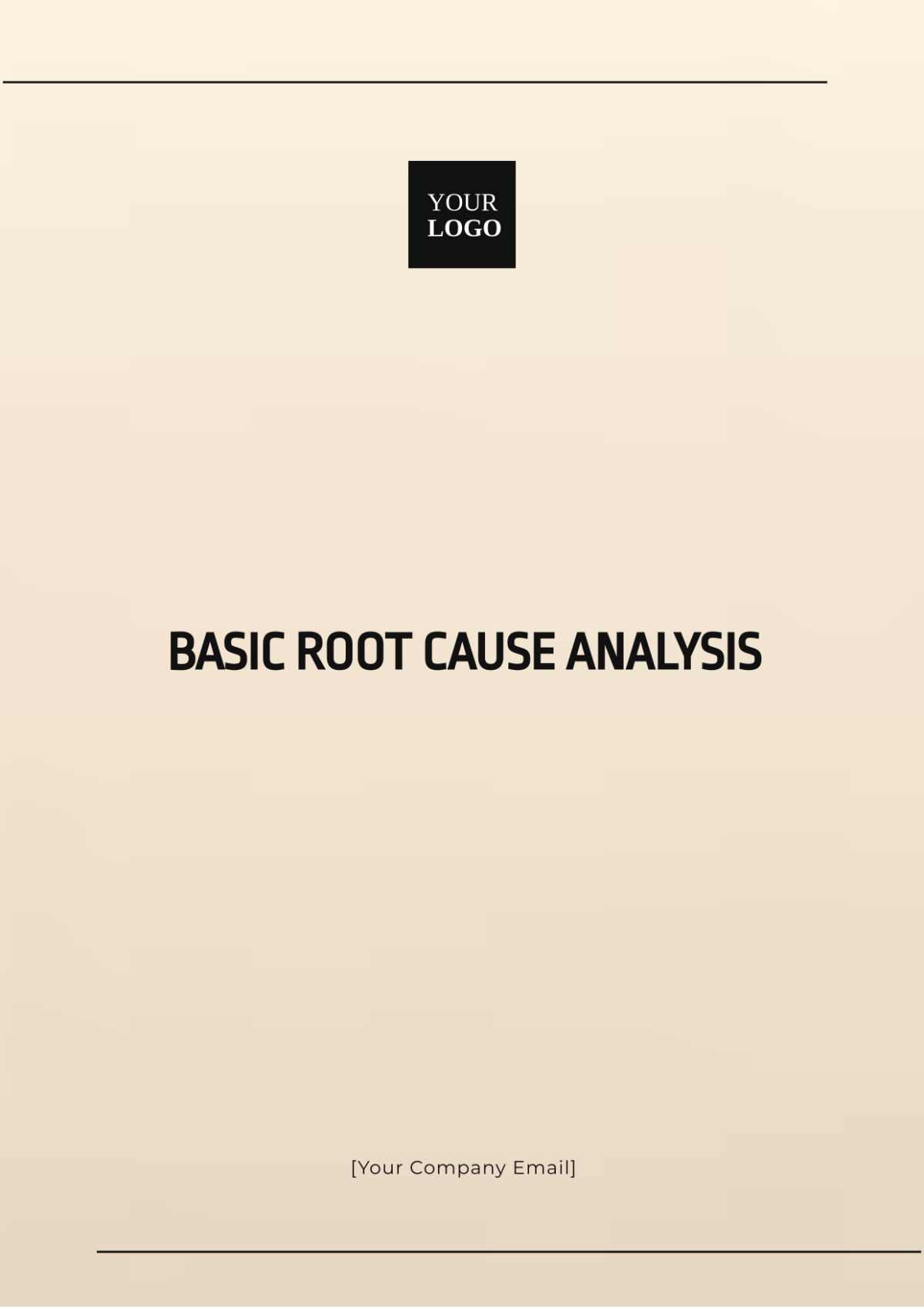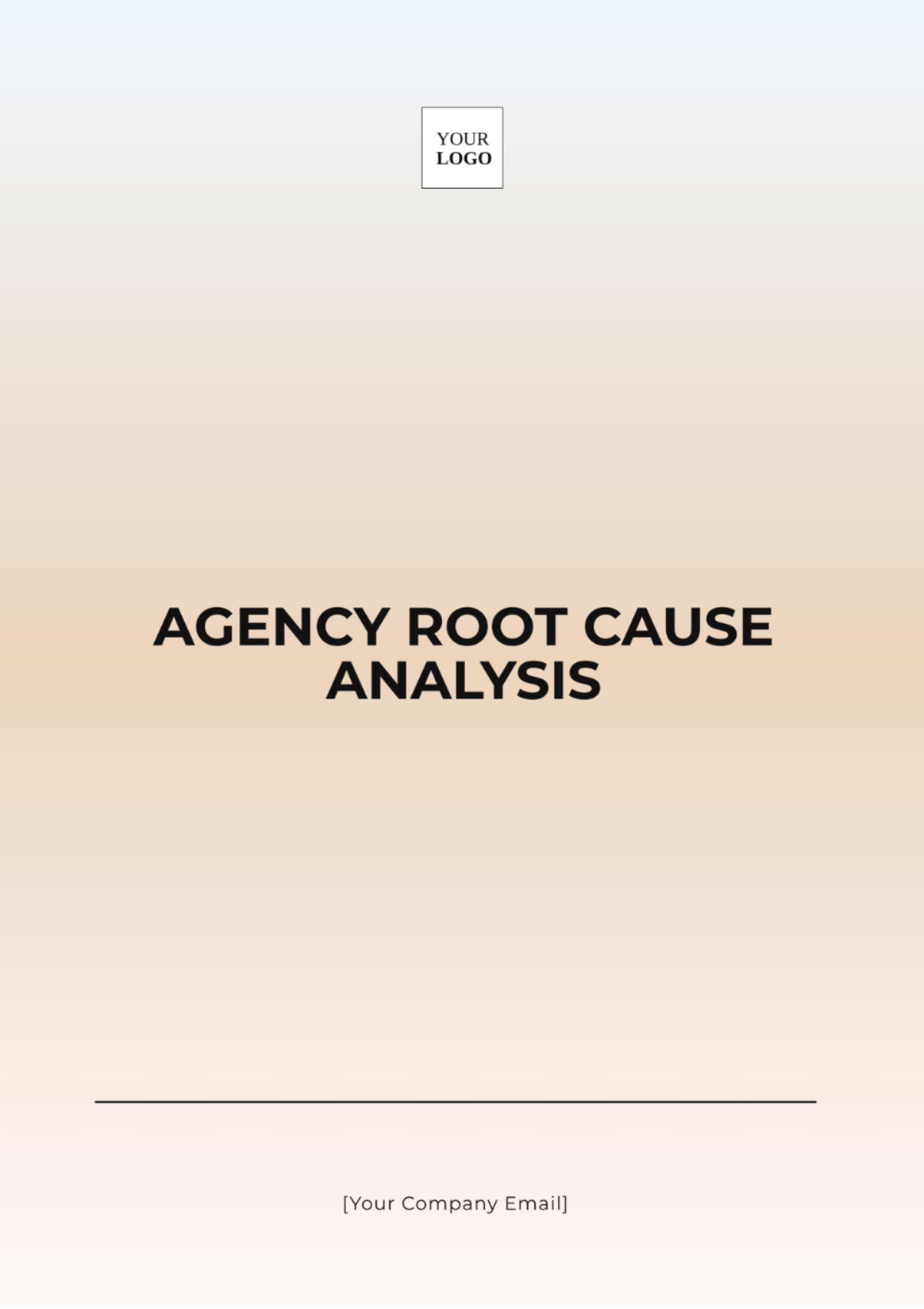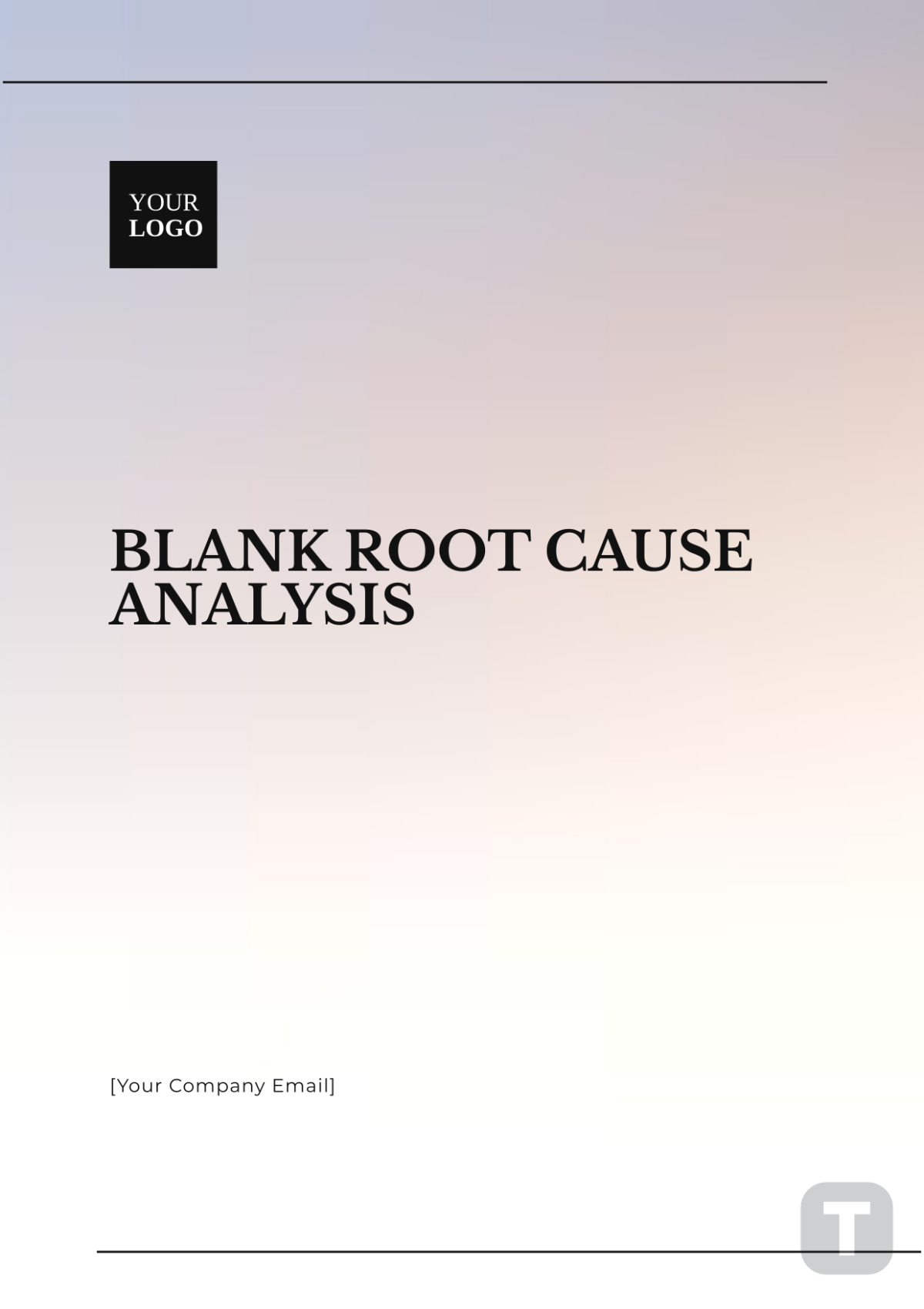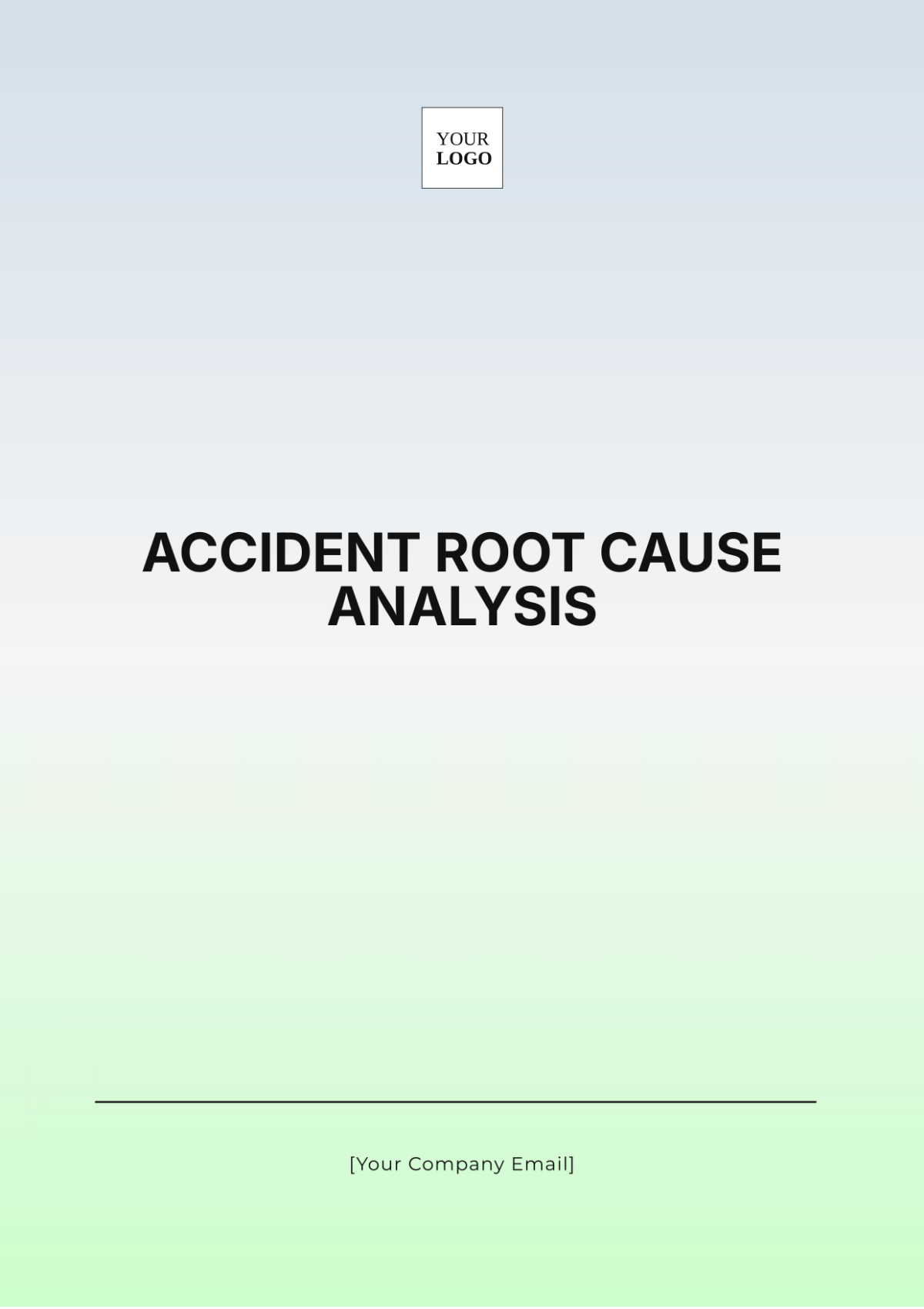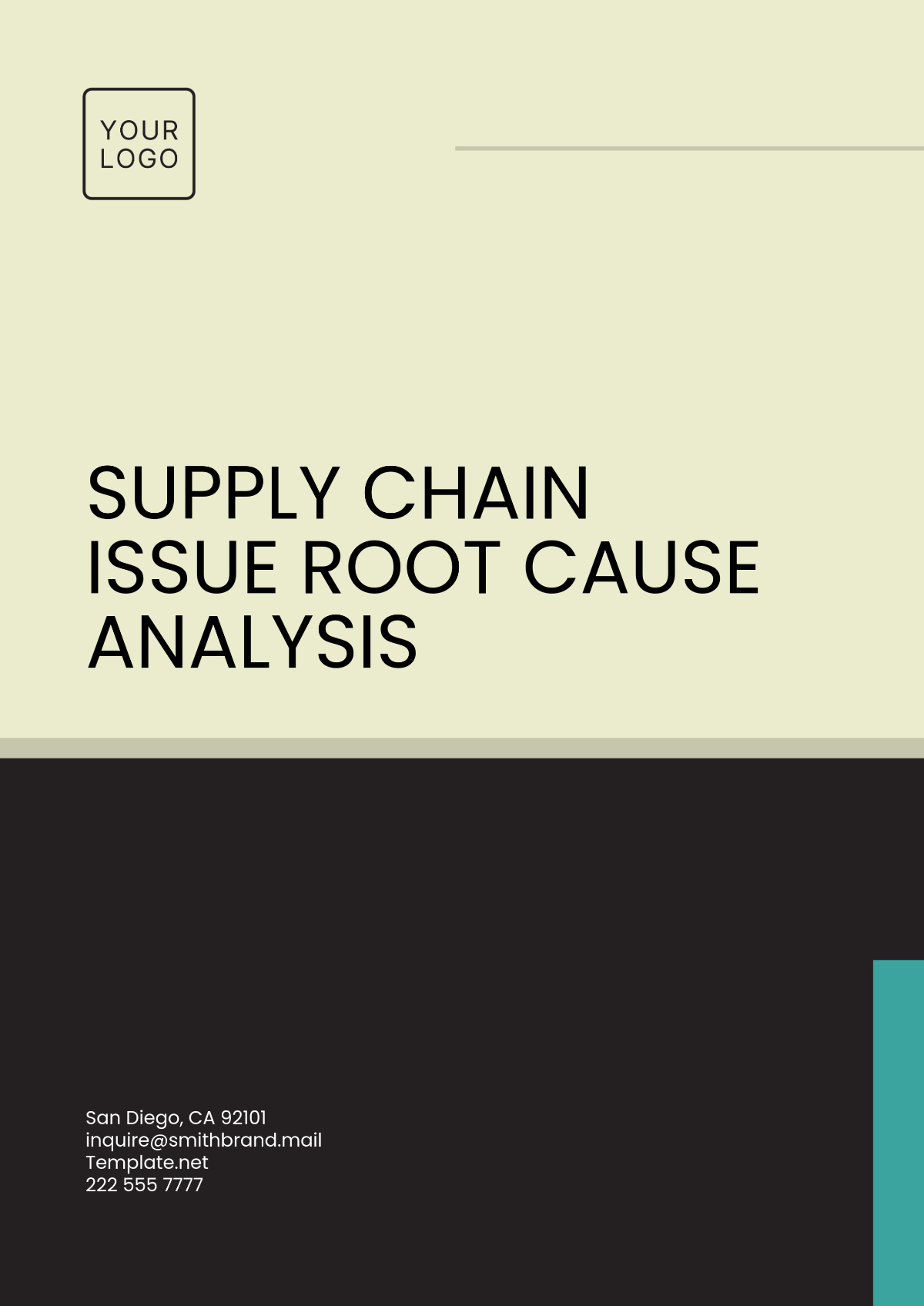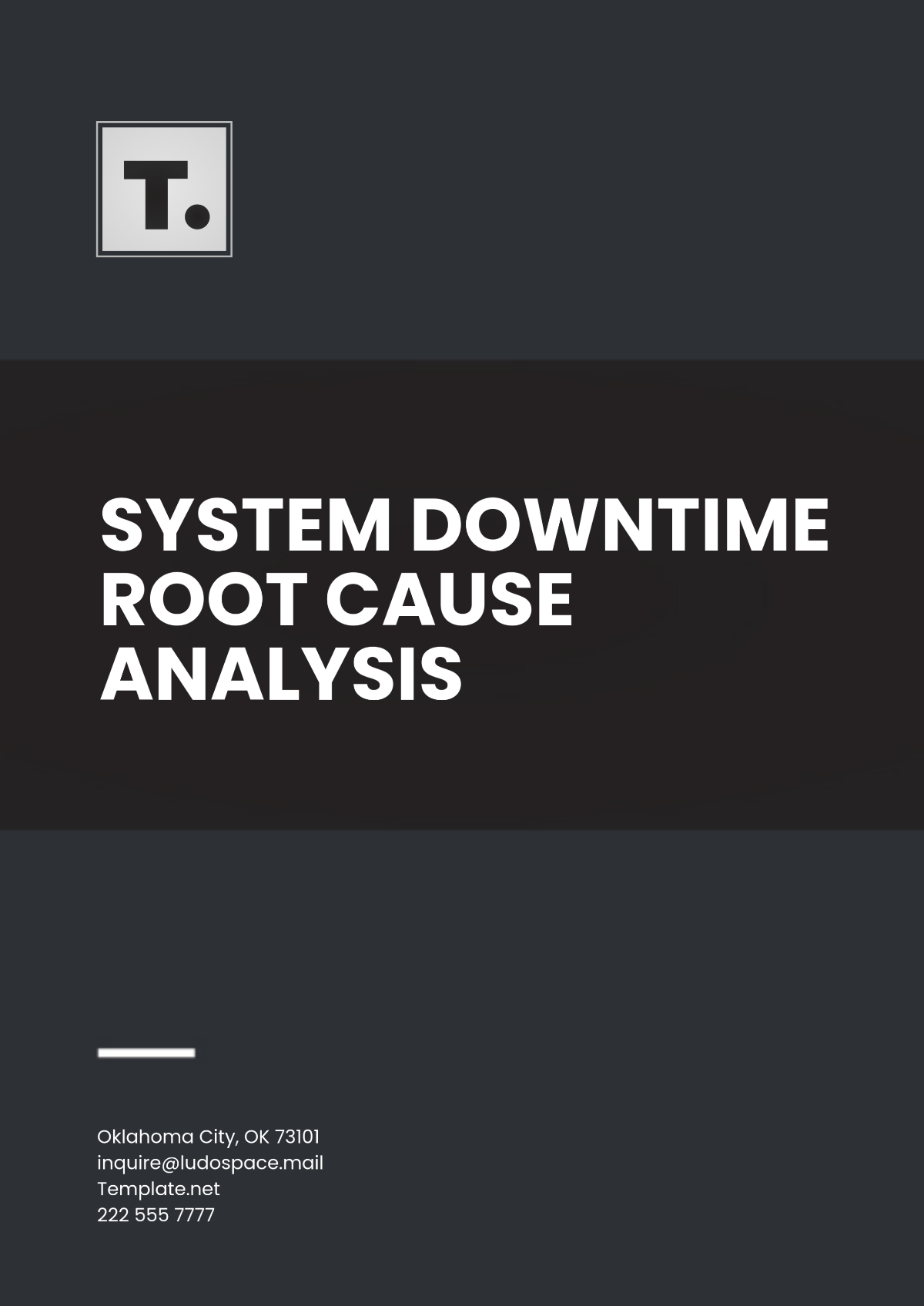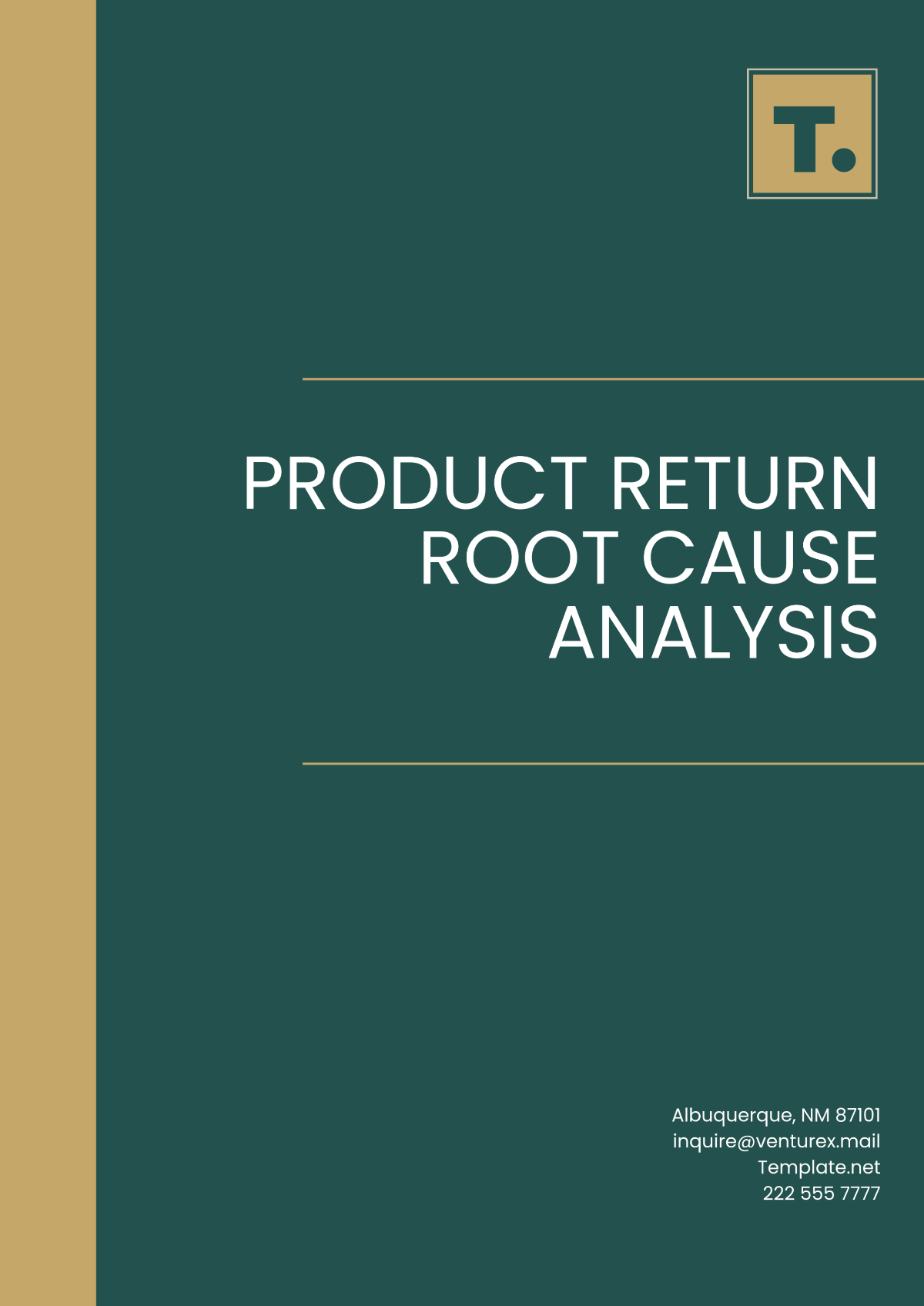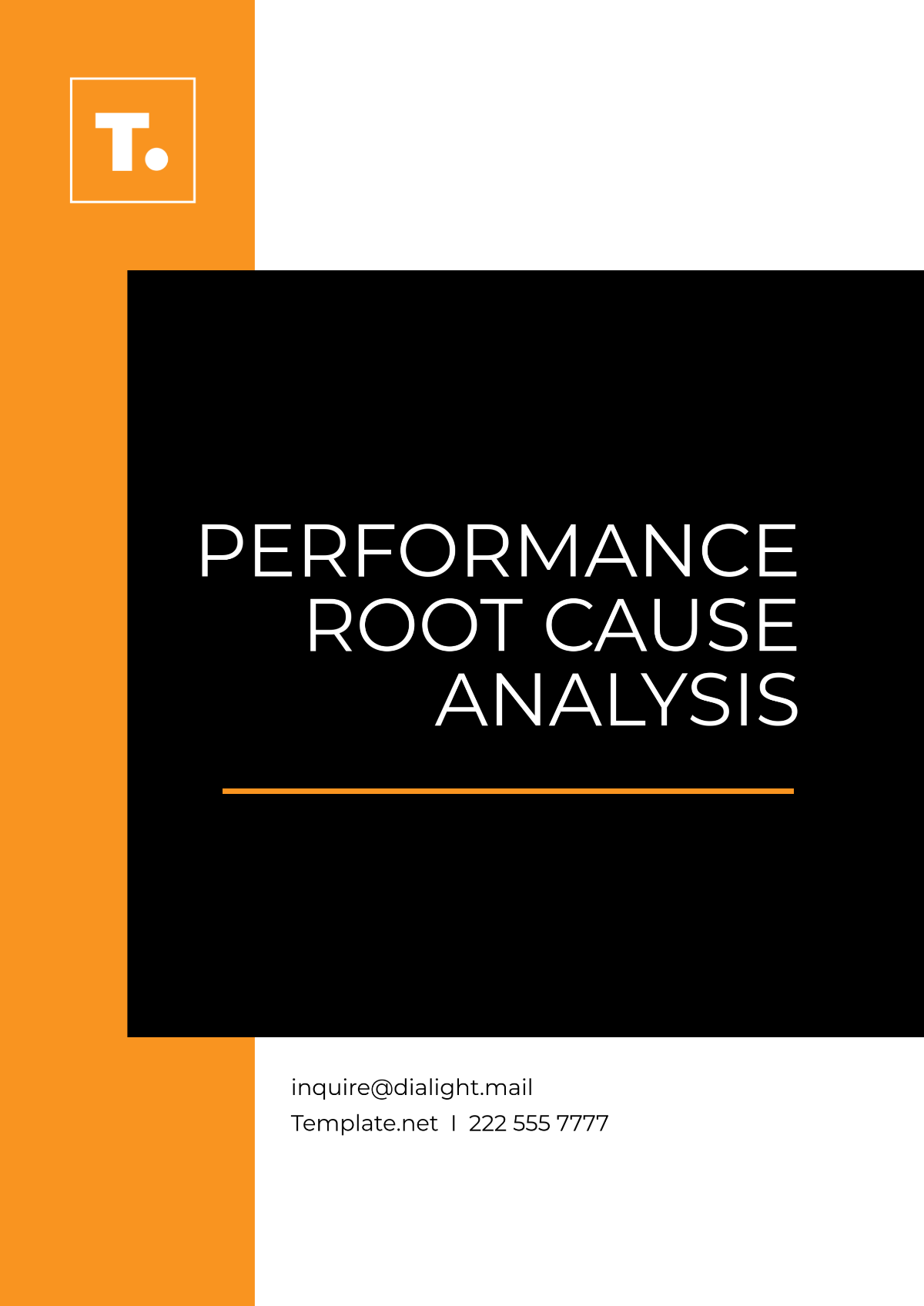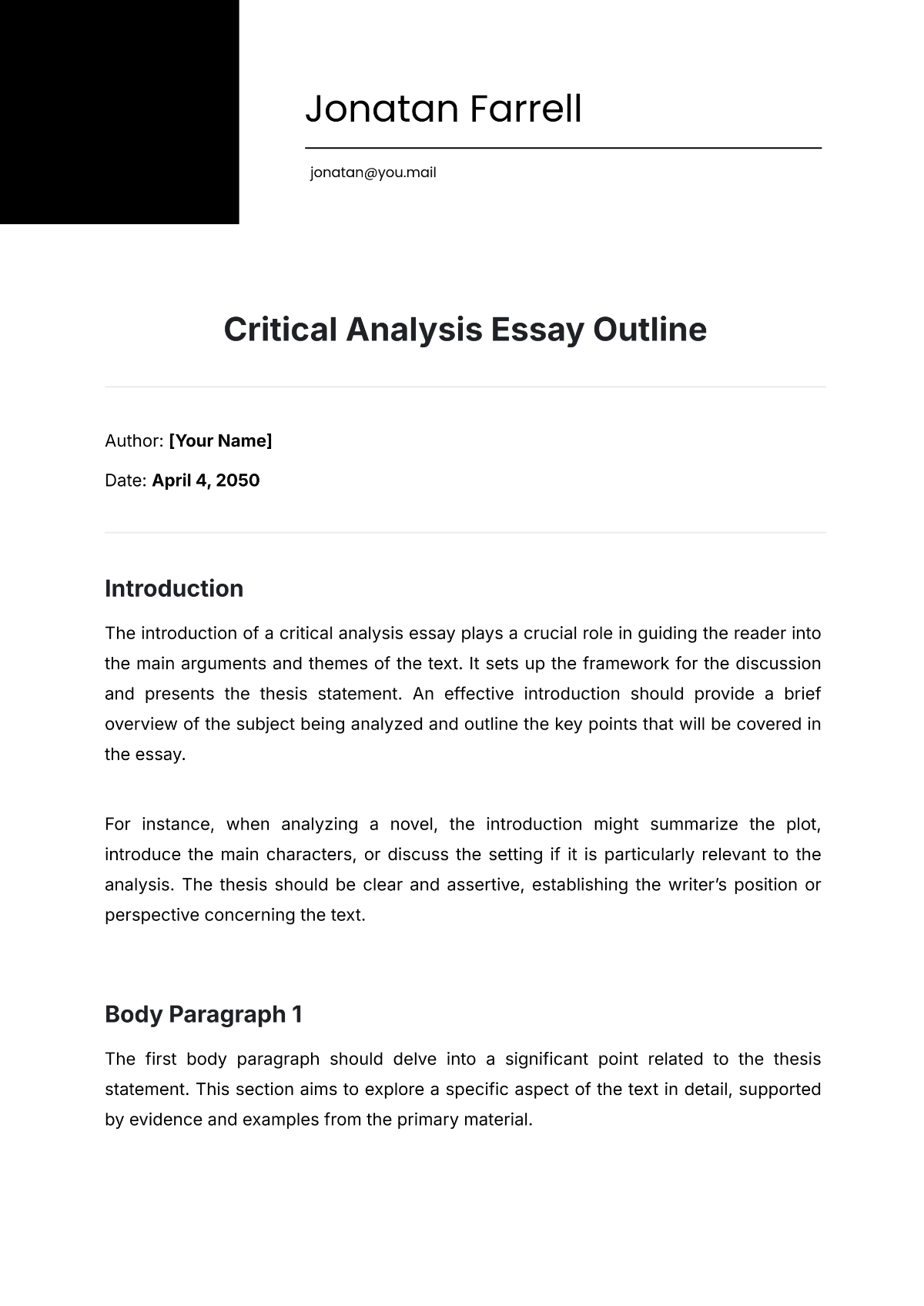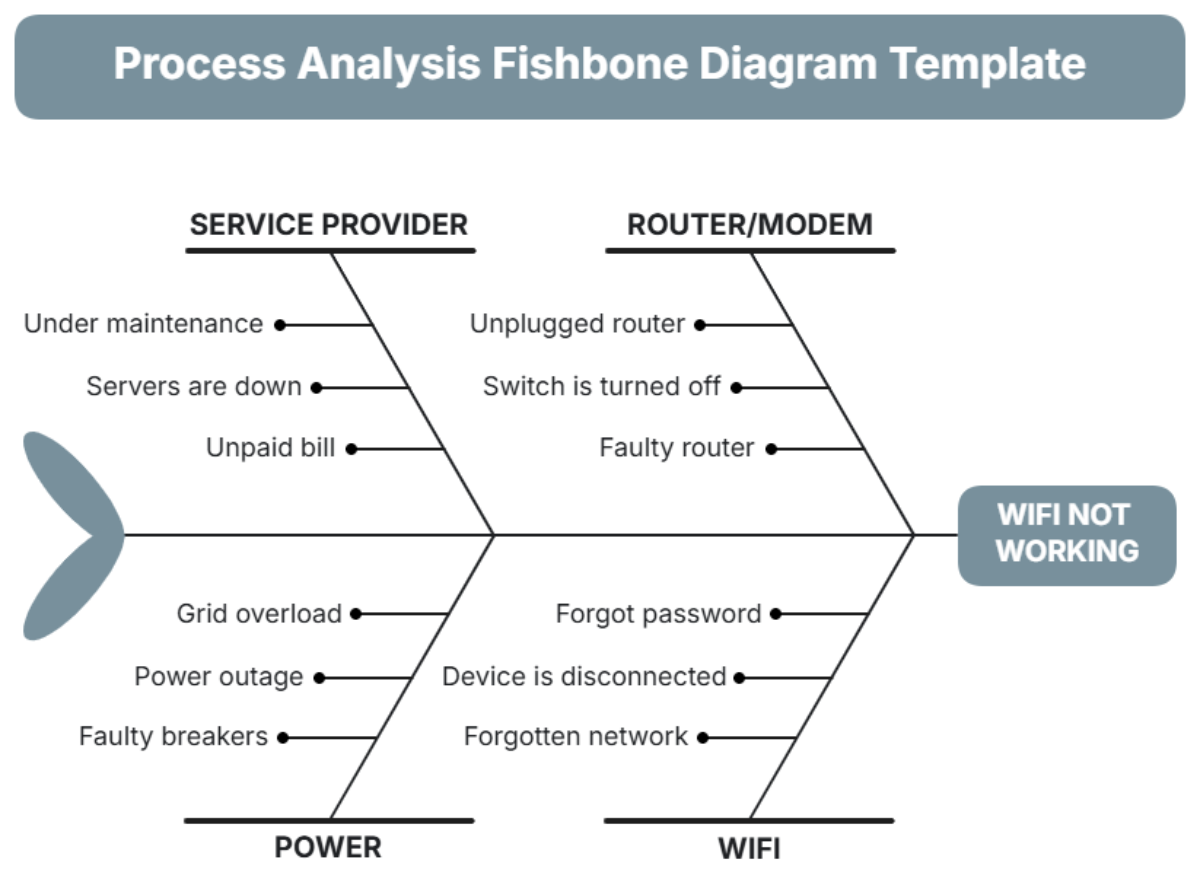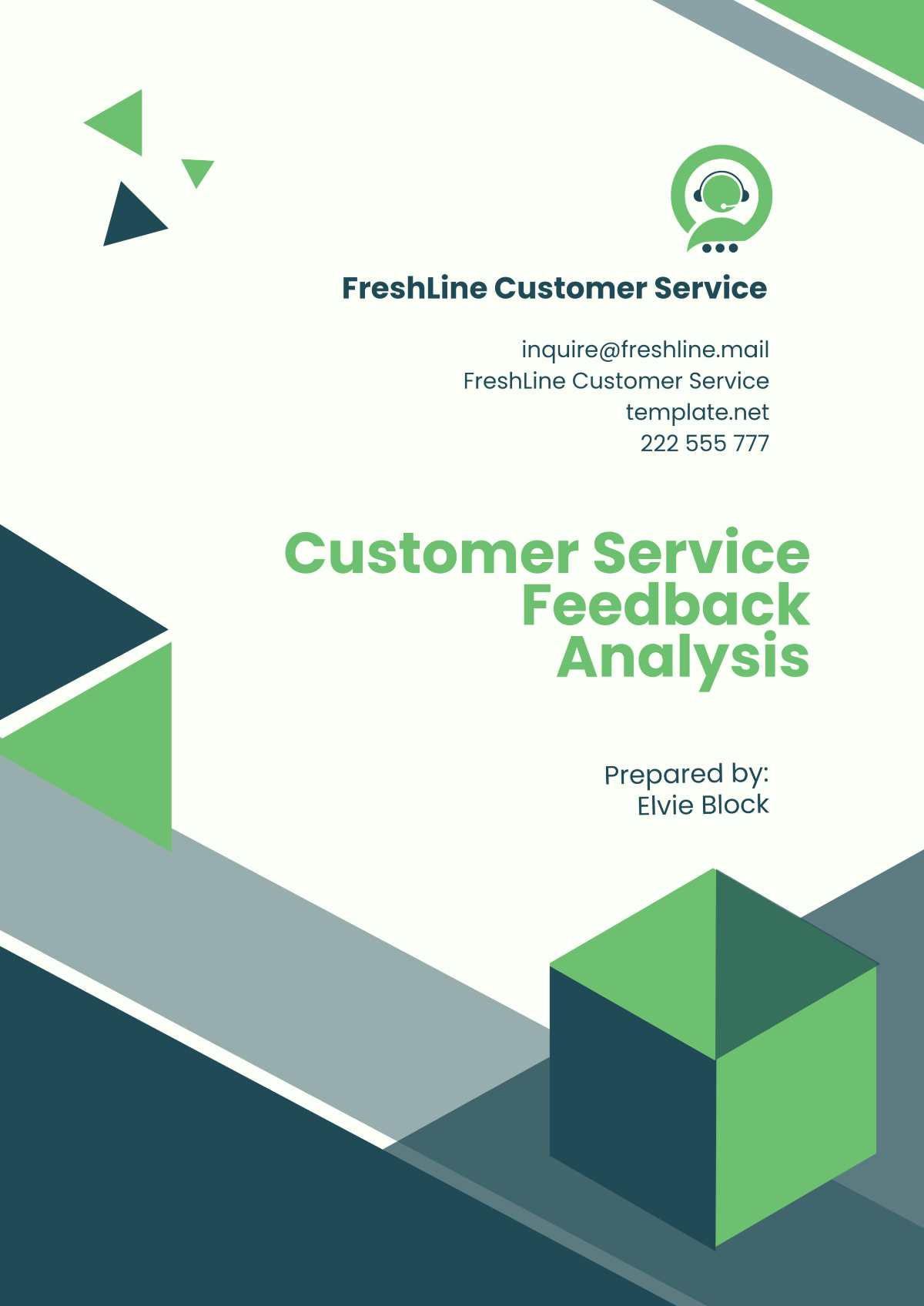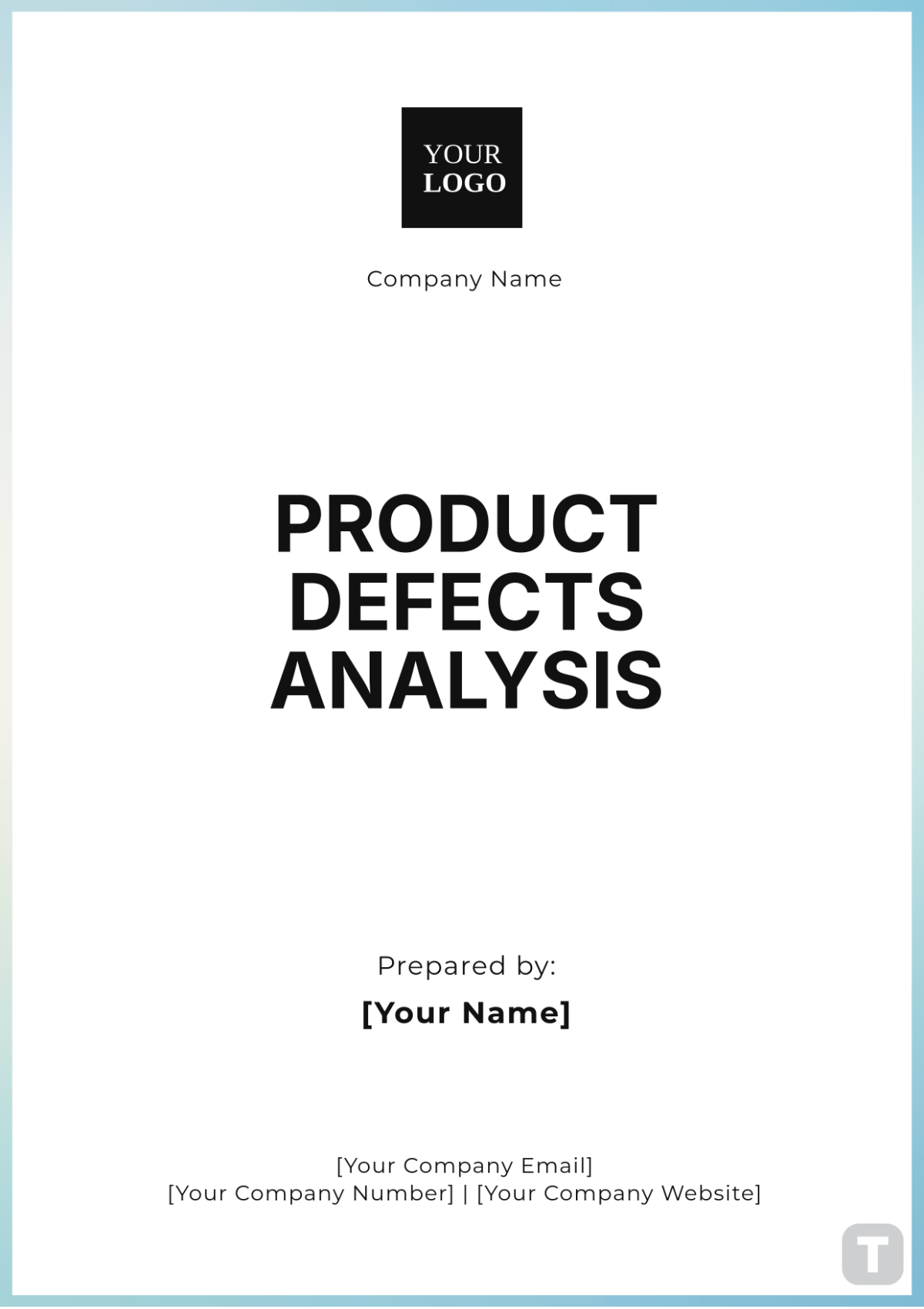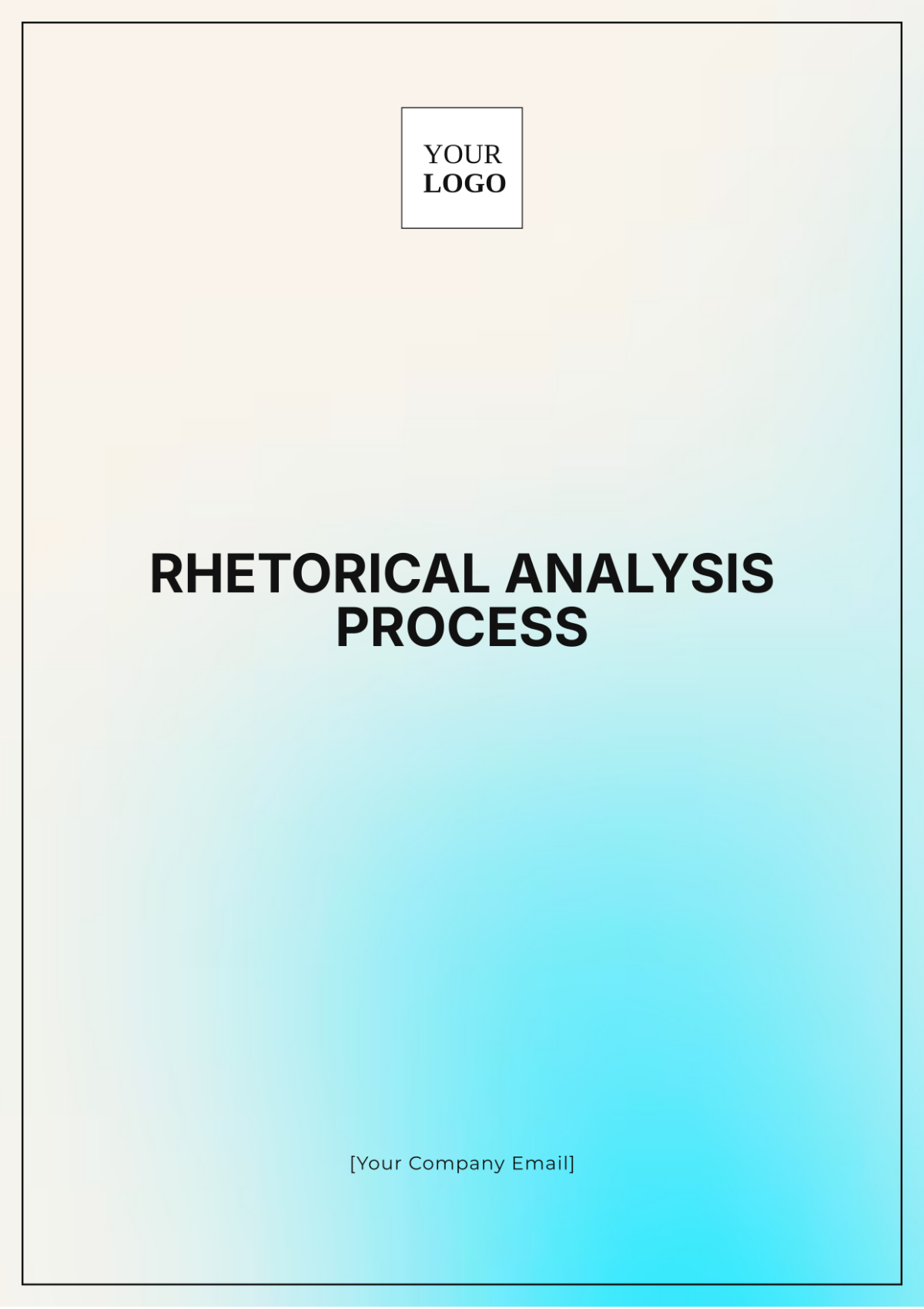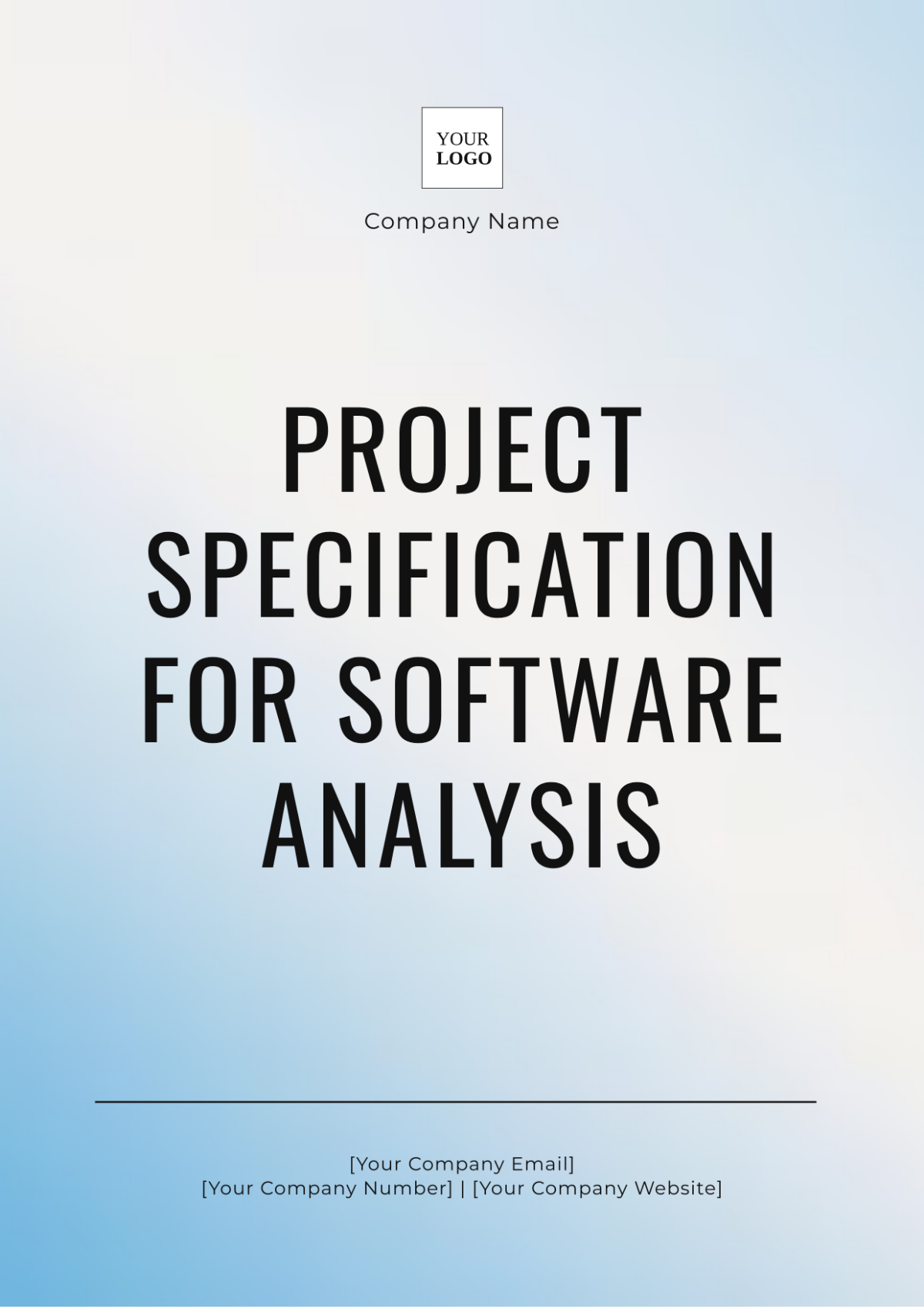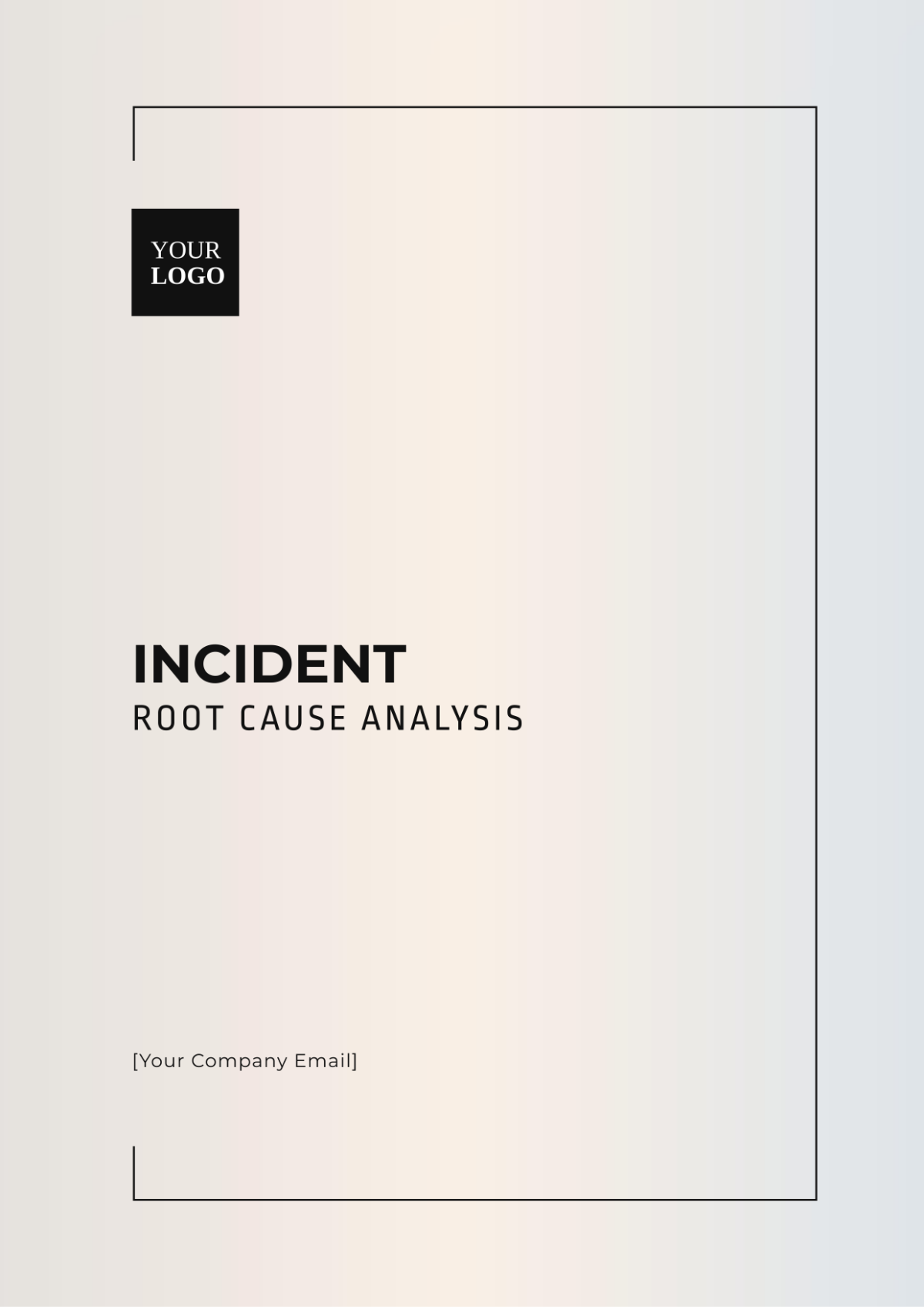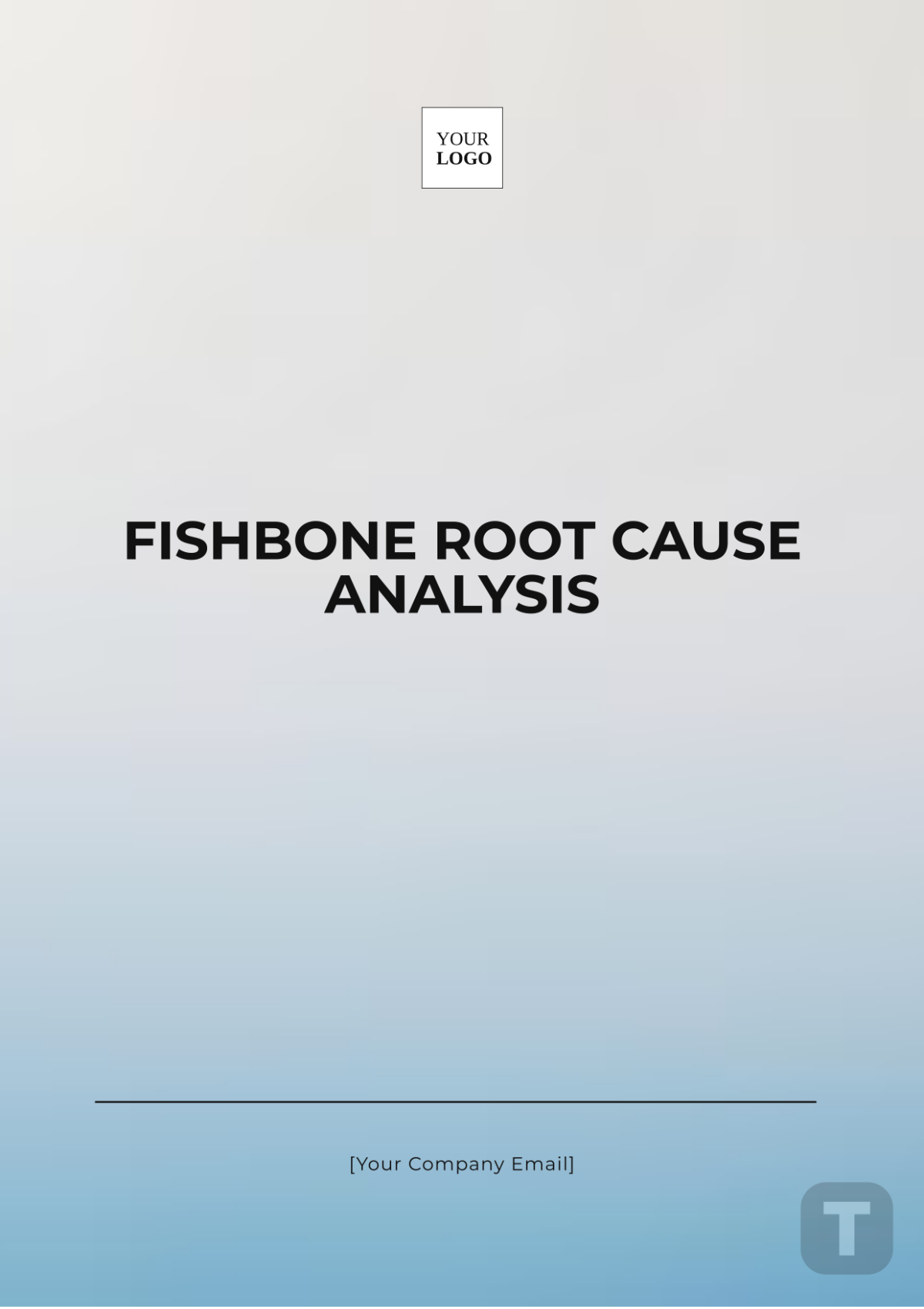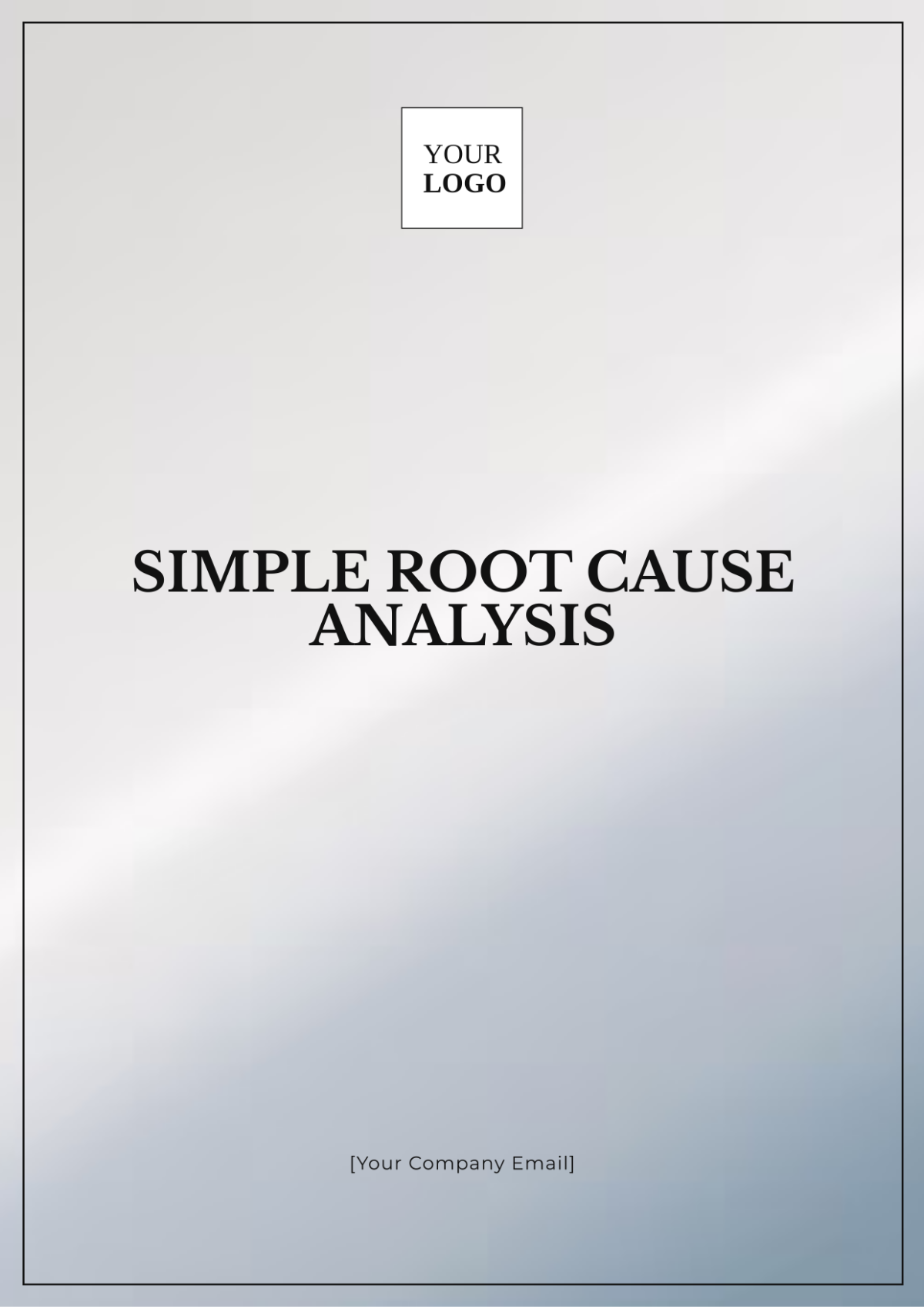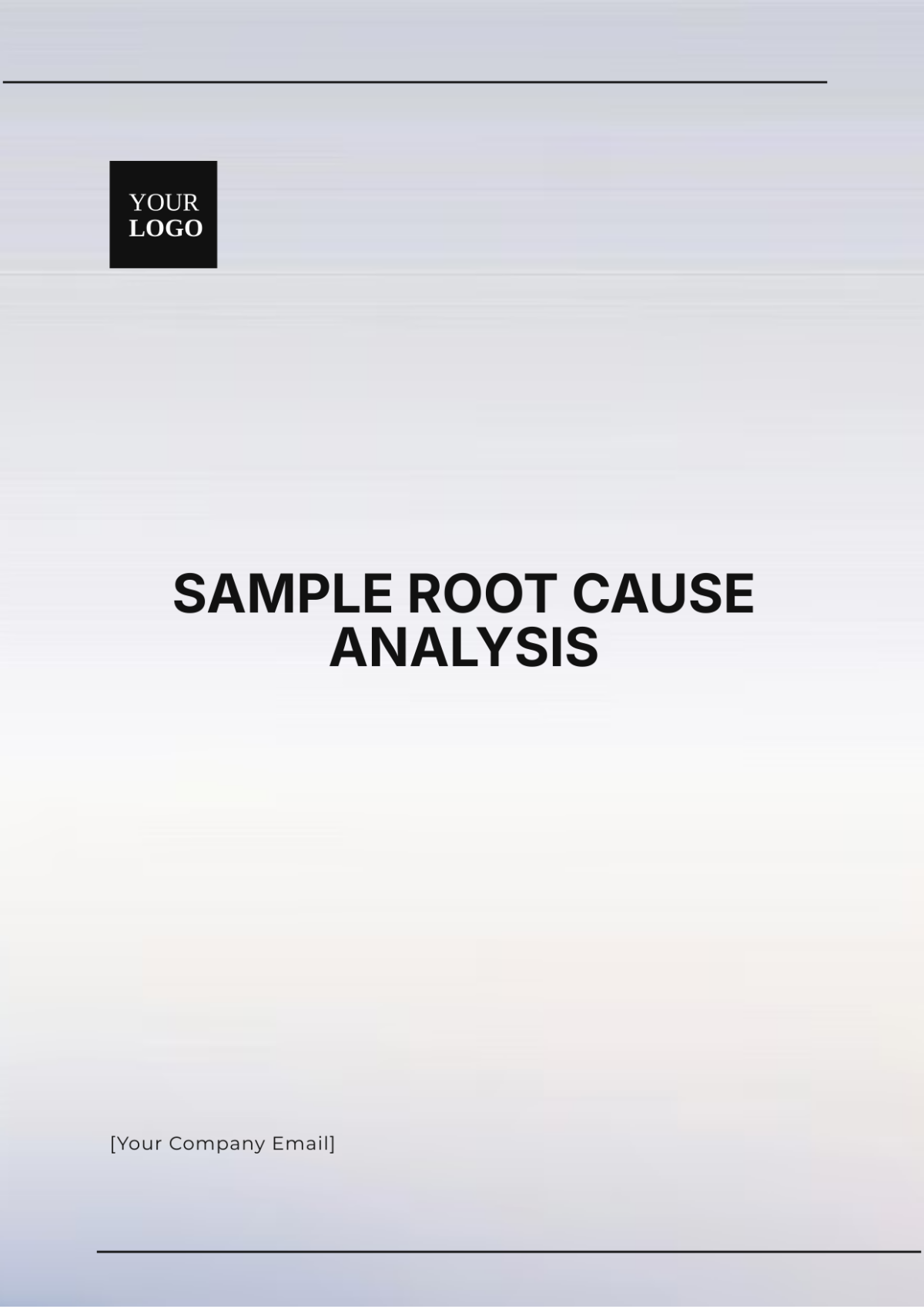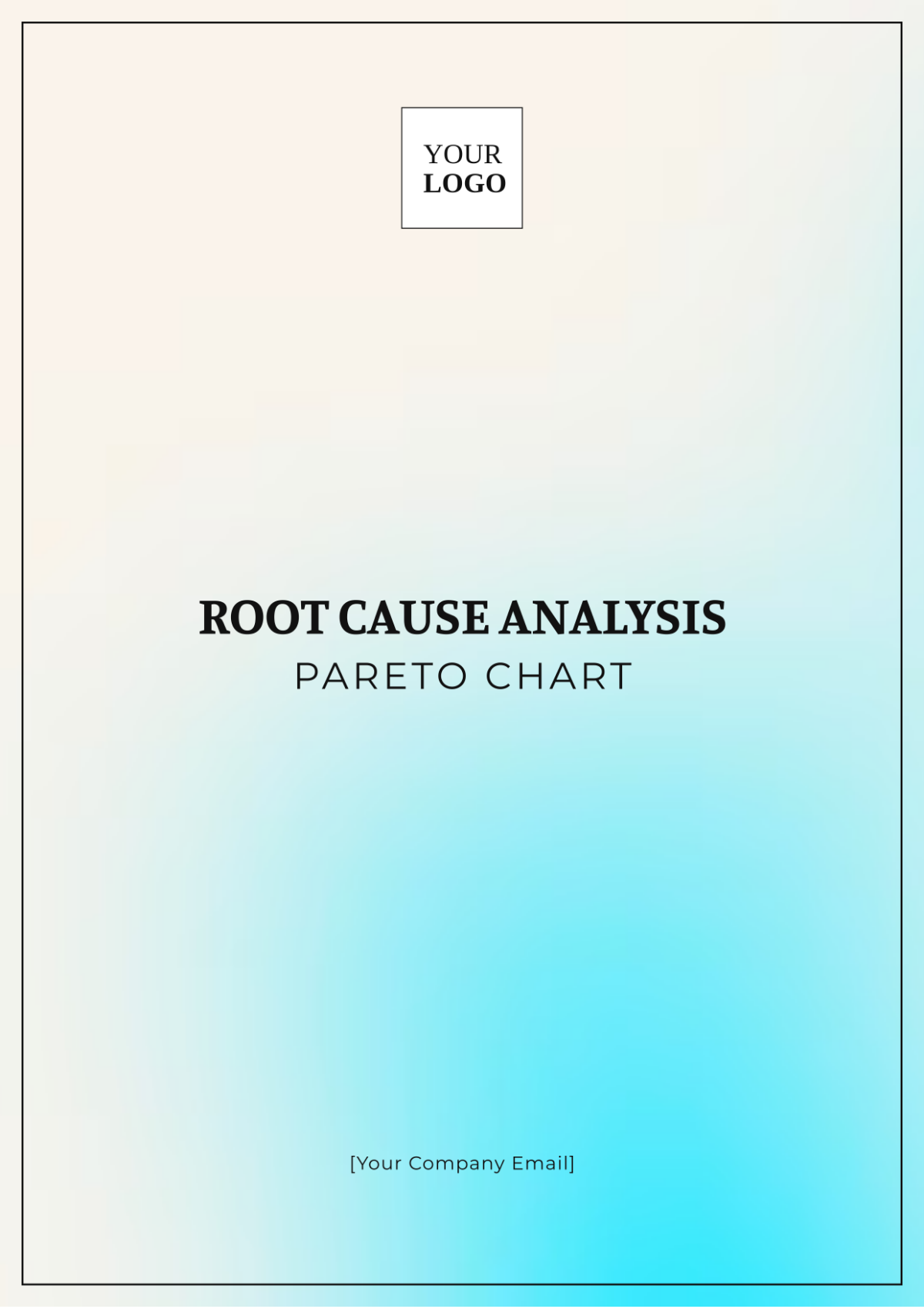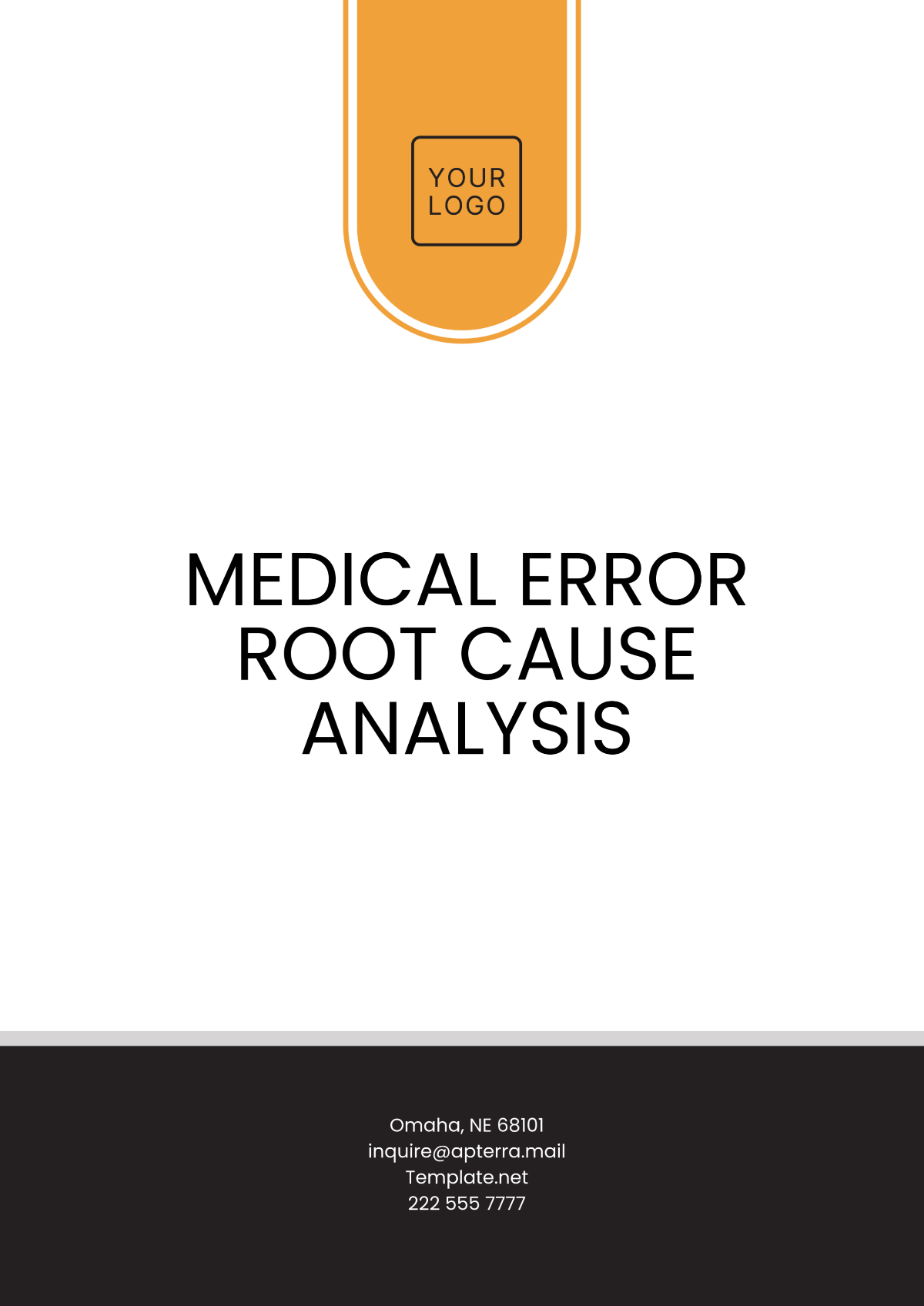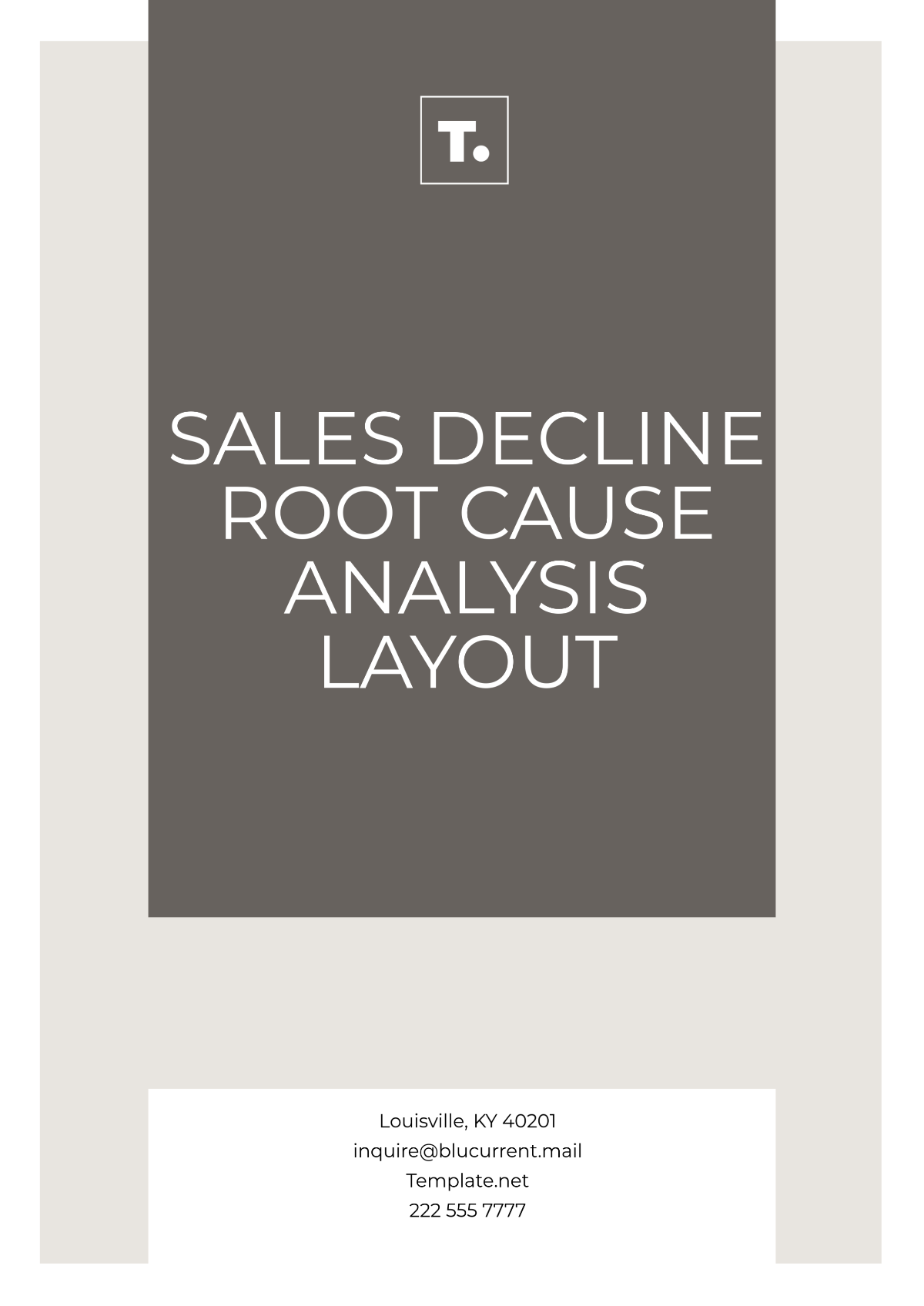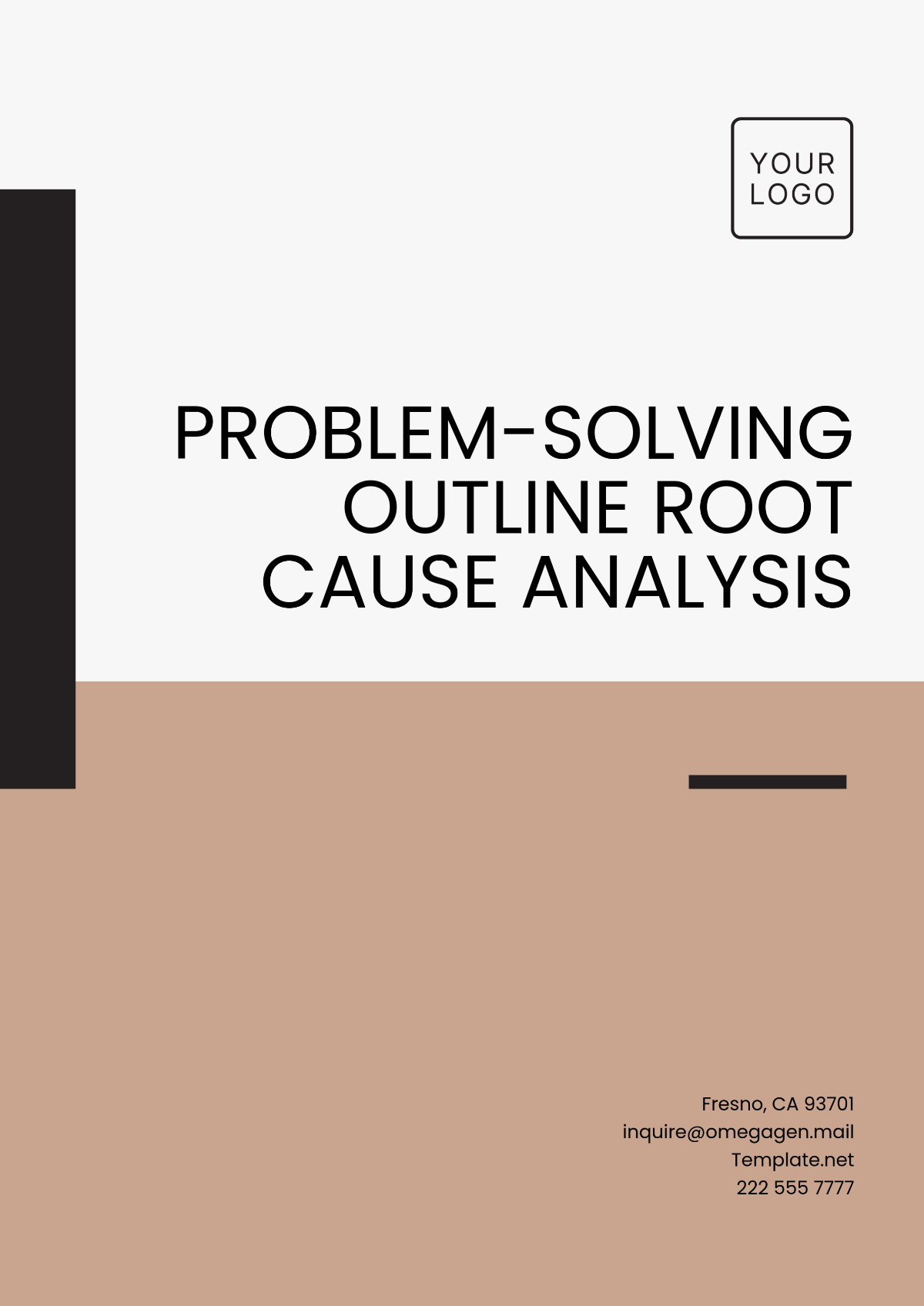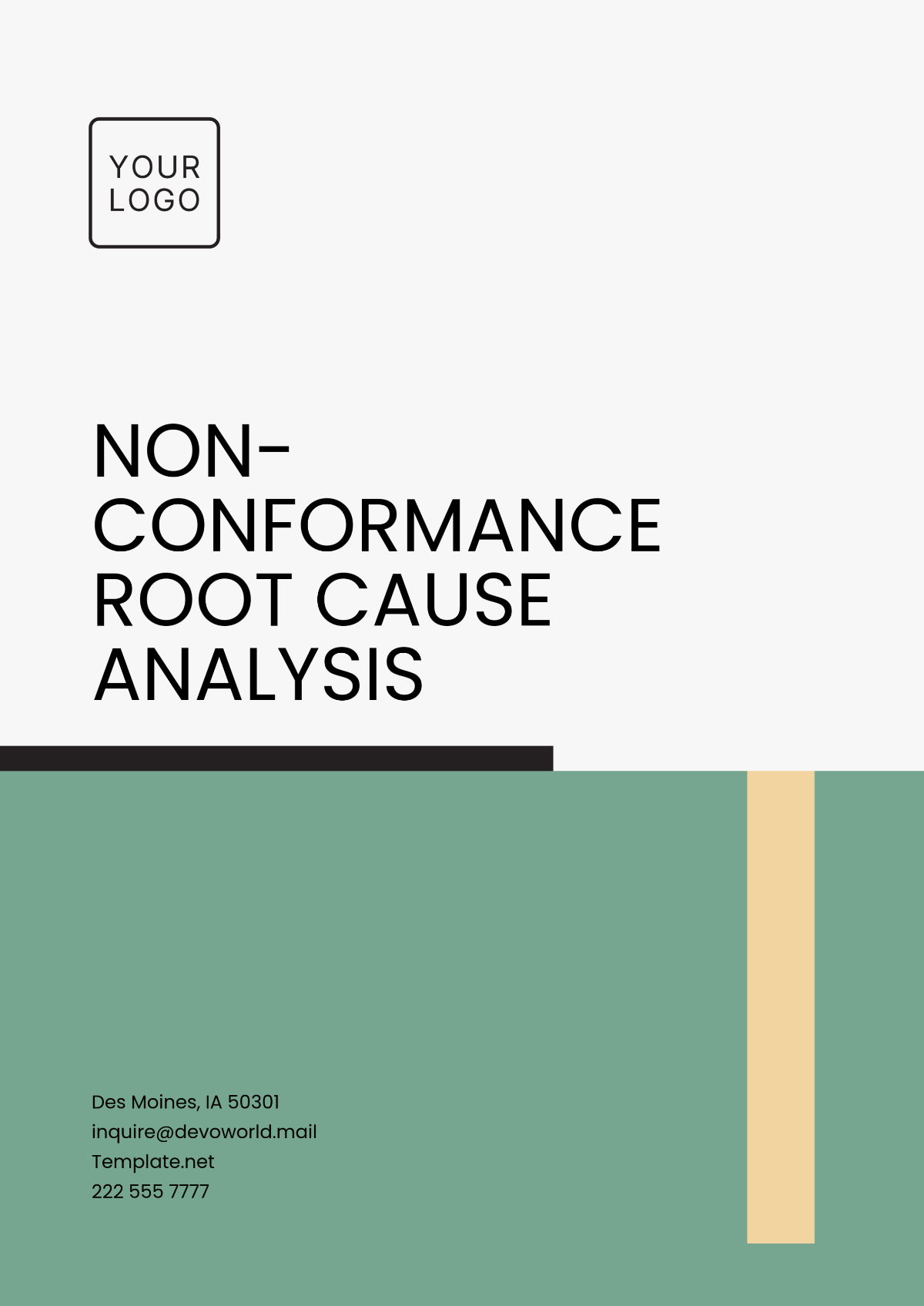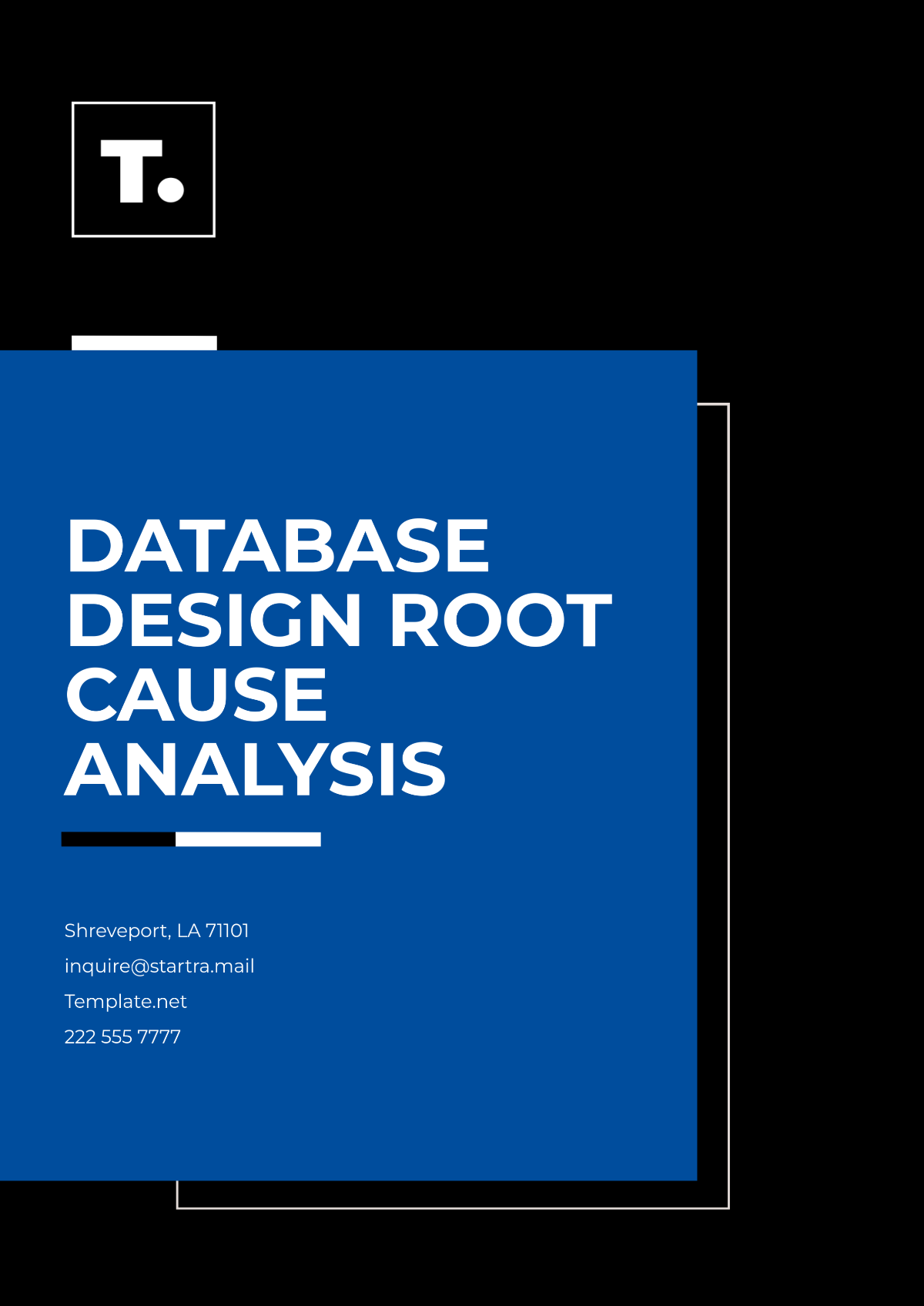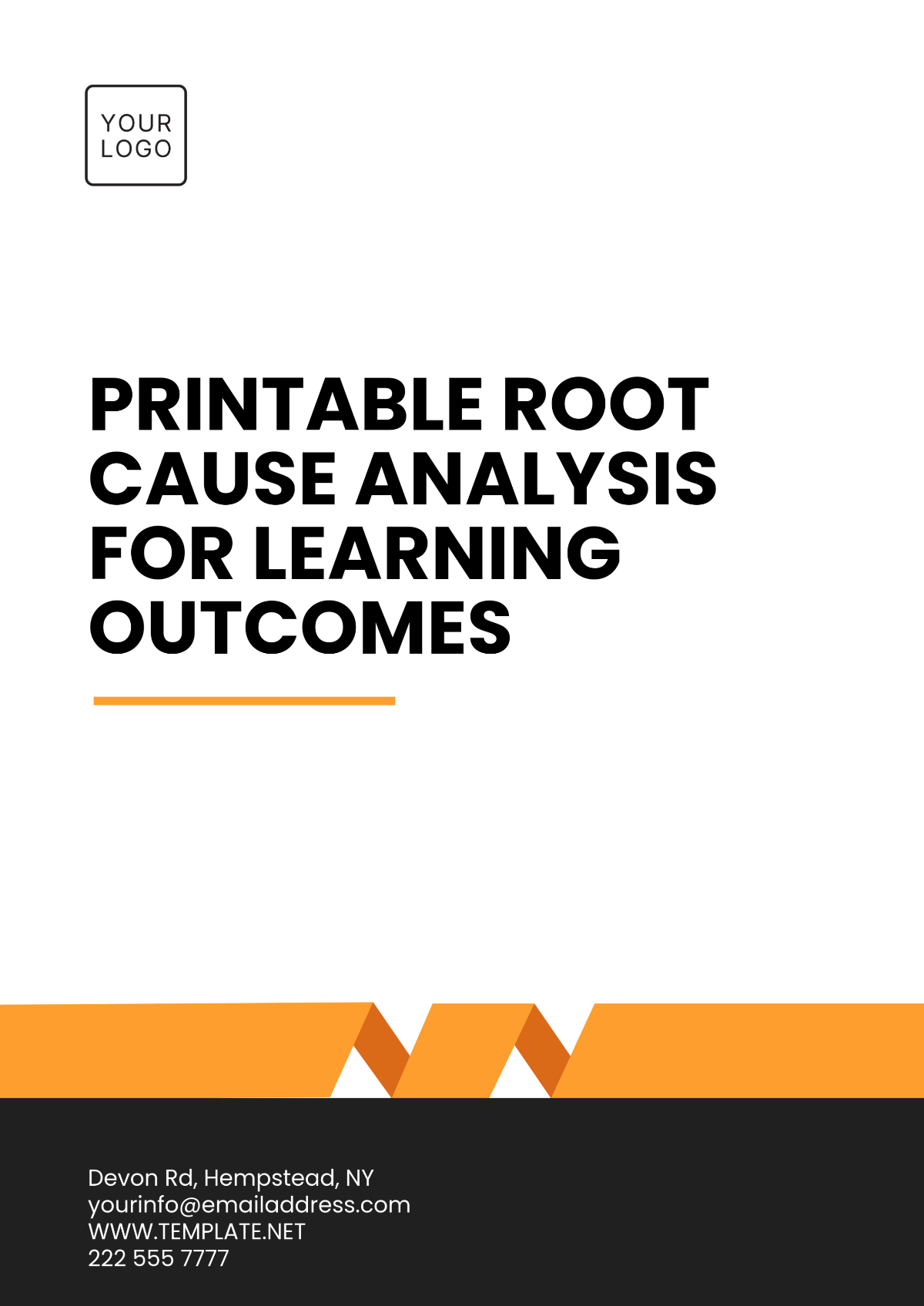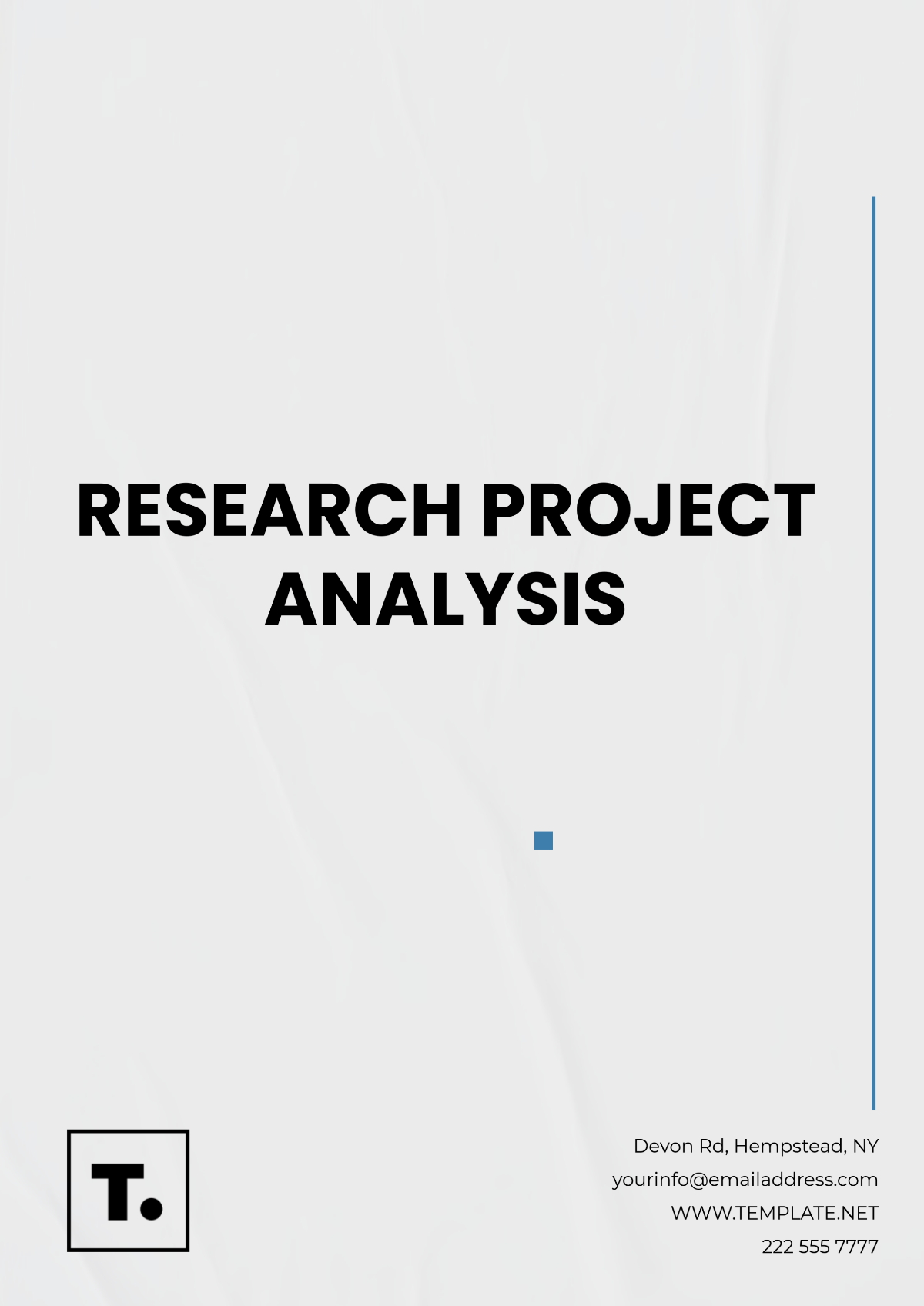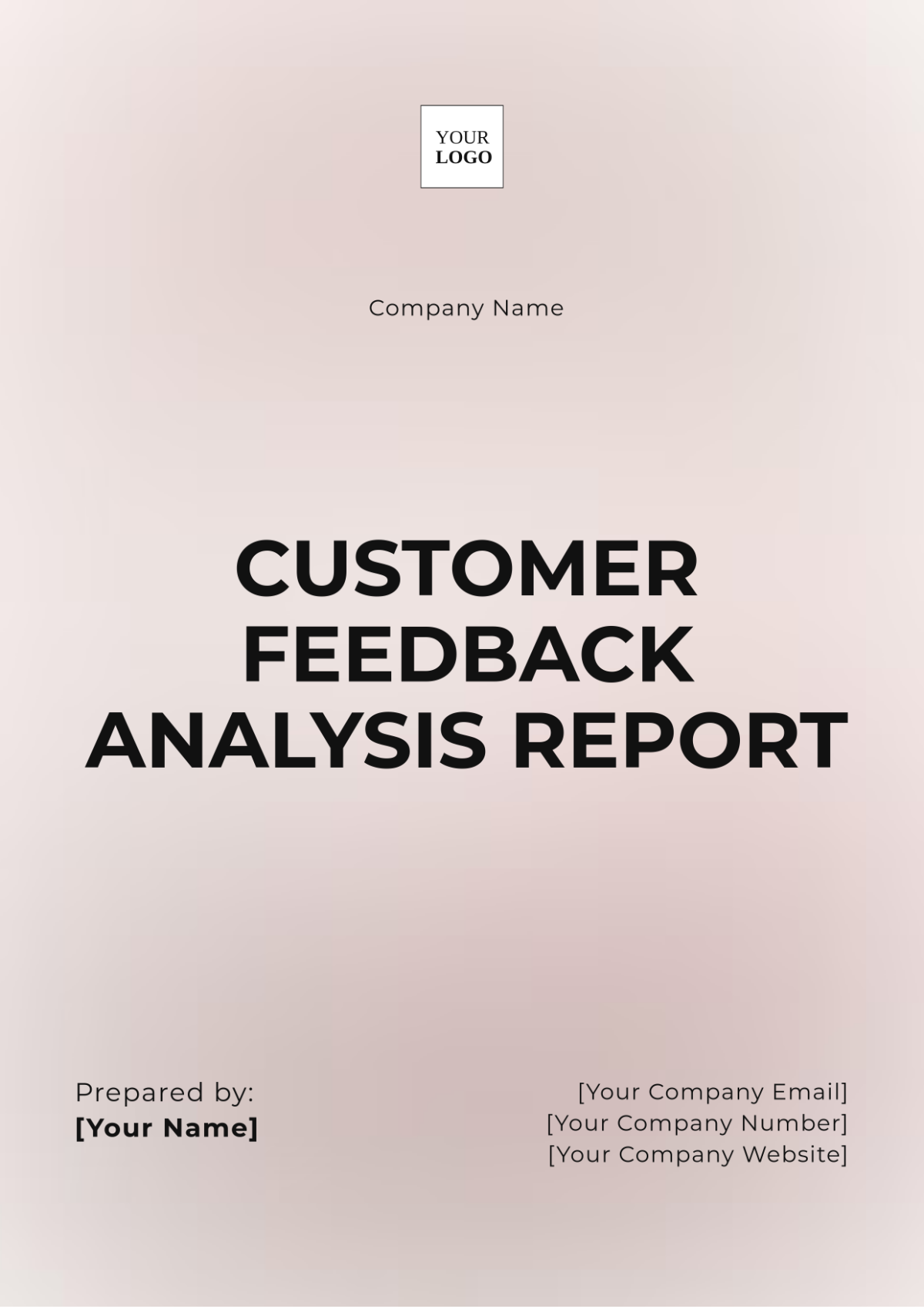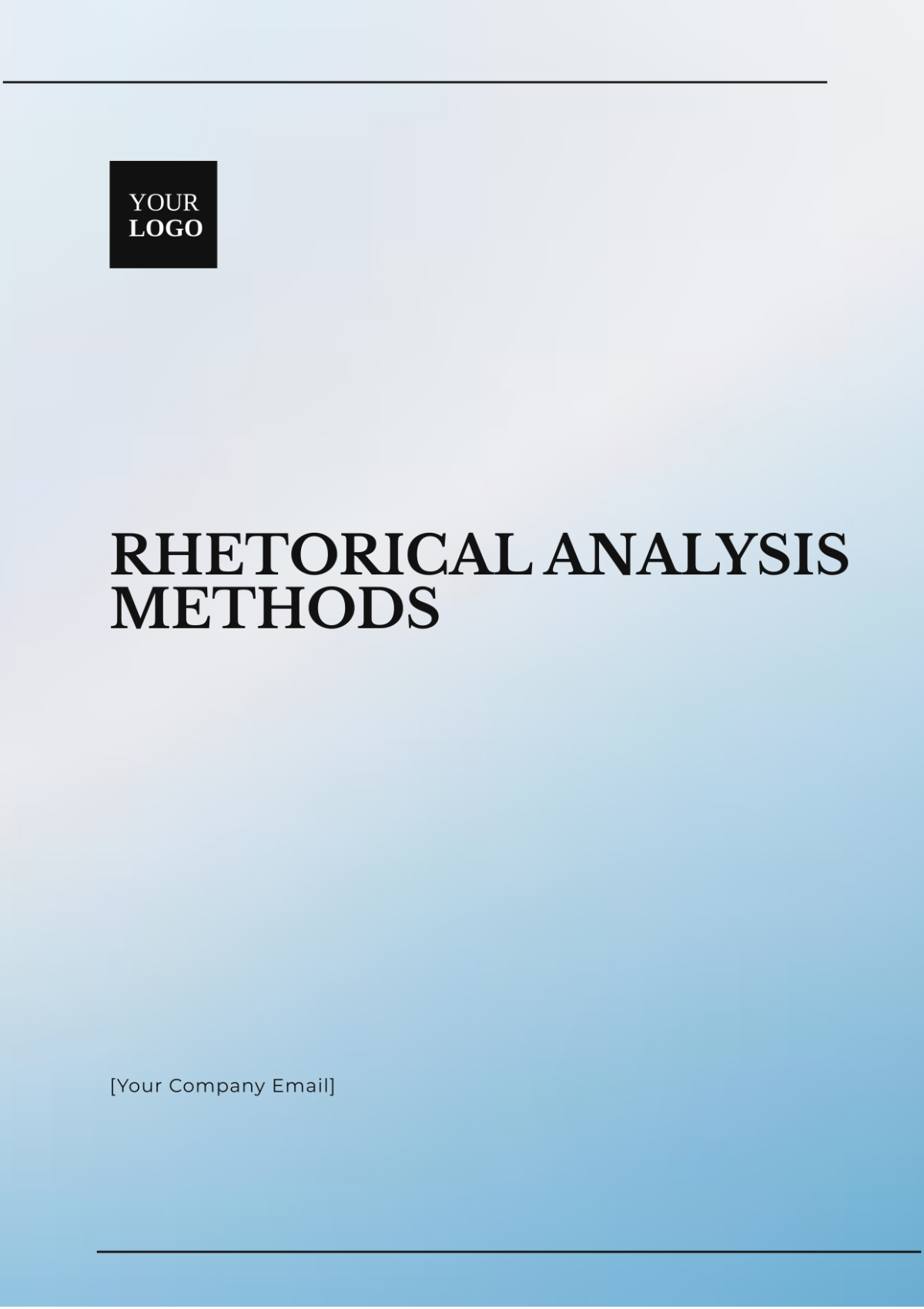Operations Inventory Analysis Report
Table of Contents
Executive Summary
Section 1: Assessment of Existing Operations Inventory System
Section 2: Identified Problems and Gaps
Section 3: Recommendations for Improvement
Section 4: Industry Benchmarking Analysis
Section 5: Technology and Innovation in Inventory Management
Conclusion
Executive Summary
This Operations Inventory Analysis Report delivers an exhaustive review of [Your Company Name]'s current inventory management practices. Prepared by [Your Name], this document aims to dissect the strengths and weaknesses within the existing system, juxtapose these against industry benchmarks, and unfurl actionable recommendations to elevate inventory management efficiency. It is a cornerstone document for strategizing enhancements in inventory operations, targeting inefficiencies, and carving out a path for sustainable growth and profitability.
Section 1: Assessment of Existing Operations Inventory System
At [Your Company Name], the inventory operations system undergoes meticulous scrutiny, focusing on management practices, accuracy in record-keeping, efficiency in stock control, and the dynamics of vendor collaboration. Maintaining an optimal inventory level is paramount, ensuring the ready availability of products to meet customer demands while averting the pitfalls of excess and obsolescence.
Inventory Parameters | Current Status |
|---|---|
Stock Accuracy | 87% |
Stock Rotation Efficiency | 65% |
Rate of Obsolete Inventory | 12% |
Fulfilment Rate | 92% |
Cost of Carrying Inventory | 25% of total inventory cost |
A. Critical Observations
Our analysis pinpoints several critical areas within the inventory system that require immediate attention:
Management Procedures: A notable lack of standardization mars the inventory management procedures.
Record-Keeping: There is a dissonance between physical stock counts and record-keeping accuracy.
Vendor Collaboration: The current vendor collaboration framework needs optimization for enhanced efficiency.
Stock Control: The system requires bolstered measures for improved stock control to mitigate overstocking and understocking issues.
Obsolete Stock: The percentage of obsolete stock overshadows the industry average, denting profitability.
Section 2: Identified Problems and Gaps
In our in-depth evaluation of [Your Company Name]'s inventory management system, we've pinpointed several critical issues that hamper operational efficiency and profitability. This detailed analysis sheds light on the key areas where our practices diverge from best practices, highlighting the urgent need for reform. From the lack of standardized management procedures to suboptimal vendor collaboration and ineffective stock control, these identified gaps signal a pressing call to action. Addressing these challenges head-on will not only streamline our operations but also pave the way for significant improvements in our inventory management strategy.
A. Detailed Analysis
Table 1: Management Procedures
Issue | Impact | Potential Solution |
|---|---|---|
Lack of Standardization | Leads to inefficiencies and inconsistencies in operations | Develop and implement standardized inventory management protocols |
Table 2: Record-Keeping
Issue | Impact | Potential Solution |
|---|---|---|
Discrepancy Between Counts | Results in inaccuracies in inventory levels, affecting order fulfillment and financial reporting | Implement a robust, real-time inventory tracking and management system |
Table 3: Vendor Collaboration
Issue | Impact | Potential Solution |
|---|---|---|
Suboptimal Collaboration | Causes supply chain disruptions, leading to stockouts or excess inventory | Strengthen vendor partnerships through regular reviews and collaborative planning |
Table 4: Stock Control
Issue | Impact | Potential Solution |
|---|---|---|
Ineffective Mechanisms | Leads to frequent overstocking and understocking, causing financial strain and operational inefficiencies | Adopt advanced forecasting and replenishment tools to optimize stock levels |
Table 5: Obsolete Stock
Issue | Impact | Potential Solution |
|---|---|---|
Higher Than Average Rate | Signifies missed opportunities to optimize stock levels and reduce wastage | Implement a system for regular review and disposal of obsolete items |
The identified problems and gaps underscore a critical need for systemic changes within [Your Company Name]'s inventory management framework. By addressing these challenges with targeted solutions, we can significantly enhance operational efficiency, reduce costs, and improve profitability.
This analysis serves both as a diagnostic tool and a foundational step towards reimagining our inventory management practices for the better. Implementing the proposed solutions will require a concerted effort across all levels of the organization, but the potential rewards justify the investment. By doing so, [Your Company Name] will not only address its current inefficiencies but also lay the groundwork for sustained future success.
Section 3: Recommendations for Improvement
In response to the challenges unearthed in our analysis, this section delineates a suite of targeted recommendations designed to overhaul and enhance [Your Company Name]'s inventory management practices. By adopting a real-time inventory management system, optimizing supplier relationships, revamping inventory demand forecasting, instituting stricter controls on obsolete stock, and committing to continual staff training, we set the stage for a transformative leap in operational efficiency. These recommendations are not merely corrective measures but strategic initiatives aimed at propelling [Your Company Name] towards best-in-class inventory management.
A. Detailed Recommendations and Implementation Plan
Table 1: Implement Real-Time Inventory Management System
Objective | Strategy | Expected Outcome | Implementation Timeline |
|---|---|---|---|
Enhance record-keeping accuracy and stock control | Adopt a cutting-edge real-time inventory management software | Achieve near 100% accuracy in stock levels and significantly improve order fulfillment rates | Q1-Q2 [Year] |
Table 2: Optimize Supplier Relationships
Objective | Strategy | Expected Outcome | Implementation Timeline |
|---|---|---|---|
Improve delivery reliability and minimize inventory imbalances | Strengthen partnerships through regular reviews and collaborative planning | Reduction in stockouts and overstocks, with improved supply chain responsiveness | Q3 [Year] |
Table 3: Revamp Inventory Demand Forecasting
Objective | Strategy | Expected Outcome | Implementation Timeline |
|---|---|---|---|
Reduce discrepancies between stock levels and demand | Implement advanced forecasting tools utilizing AI and machine learning for more accurate predictions | Align inventory levels closely with actual demand, reducing carrying costs and obsolete stock | Q4 [Year]- Q2 [Year] |
Table 4: Stricter Controls for Obsolete Stock
Objective | Strategy | Expected Outcome | Implementation Timeline |
|---|---|---|---|
Maintain a healthier inventory state by reducing obsolete stock | Regularly review inventory to identify and dispose of or repurpose obsolete items | Lower percentage of obsolete stock, freeing up warehouse space and resources | Q1-Q3 [Year] |
Table 5: Continual Training for Inventory Staff
Objective | Strategy | Expected Outcome | Implementation Timeline |
|---|---|---|---|
Elevate inventory management efficiency | Conduct regular training sessions on best practices and new technologies | Staff are more proficient in using the latest inventory management tools, contributing to overall operational improvements | Ongoing, starting Q2 [Year] |
By meticulously implementing these recommendations, [Your Company Name] will not only address current operational gaps but will also lay down a robust foundation for sustainable inventory management excellence. This strategic approach ensures that [Your Company Name] remains agile, efficient, and competitive in an ever-evolving market landscape.
Section 4: Industry Benchmarking Analysis
This section embarks on a comprehensive benchmarking analysis against industry averages. By meticulously comparing key performance metrics, we uncover critical insights into where [Your Company Name] stands relative to its peers. This analysis is instrumental in pinpointing areas ripe for improvement, setting the stage for strategic enhancements that promise to bridge gaps in inventory accuracy, rotation efficiency, reduction in obsolete stock, fulfillment rates, and inventory carrying costs.
A. Comparative Overview
Table 1: Performance Metrics Comparison
Metric | [Your Company Name] | Industry Average | Gap Analysis |
|---|---|---|---|
Stock Accuracy | 87% | 94% | -7% indicating a need for better accuracy in inventory tracking |
Stock Rotation Efficiency | 65% | 75% | -10% highlighting inefficiencies in stock management |
Rate of Obsolete Inventory | 12% | 8% | +4% suggesting excess obsolete stock |
Fulfillment Rate | 92% | 96% | -4% pointing to potential improvements in order processing |
Cost of Carrying Inventory | 25% | 20% | +5% indicating higher than average inventory costs |
B. Insights and Implications
The benchmarking analysis elucidates several critical areas where [Your Company Name] lags behind industry standards. The discrepancies in stock accuracy and rotation efficiency underscore a pressing need for more robust inventory management systems and processes. The elevated rate of obsolete inventory calls for a strategic review of stock management practices to minimize waste and optimize storage. Meanwhile, the fulfillment rate and inventory carrying costs highlight opportunities for process optimization and cost reduction.
C. Strategic Implications
Stock Accuracy: Enhancing stock accuracy through advanced tracking and real-time monitoring systems is imperative.
Stock Rotation Efficiency: Adopting lean inventory practices and improving demand forecasting can boost stock rotation efficiency.
Rate of Obsolete Inventory: Implementing stricter inventory review and disposal mechanisms will help reduce obsolete stock.
Fulfillment Rate: Streamlining order processing and fulfillment operations can improve customer satisfaction and operational efficiency.
Cost of Carrying Inventory: Optimizing inventory levels and reducing excess stock can significantly lower inventory carrying costs.
This industry benchmarking analysis not only highlights [Your Company Name]'s areas of improvement but also serves as a catalyst for targeted strategic interventions. By addressing these identified gaps, [Your Company Name] can not only align with industry standards but also set new benchmarks for operational excellence in inventory management. The insights derived from this comparison are invaluable in guiding [Your Company Name] towards implementing best practices, optimizing processes, and ultimately enhancing profitability and market competitiveness.
Section 5: Technology and Innovation in Inventory Management
In an era where technology drives competitive advantage, [Your Company Name]'s commitment to harnessing advanced technological solutions stands as a pivotal strategy in redefining its inventory management. This section delves into the transformative potential of integrating cutting-edge technologies within our operations. By focusing on ERP systems, automated inventory management, and AI-driven analytics, we aim to address our current operational challenges and to elevate into future-ready inventory management practices. These technological interventions are poised to streamline processes, enhance accuracy, and unlock efficiencies, setting [Your Company Name] on a trajectory towards industry leadership in inventory management.
A. Key Technologies and Implementation Roadmap
Table 1: ERP Systems
Implementation Phase | Short-term Goals (1-2 Years) | Long-term Goals (3-5 Years) |
|---|---|---|
ERP Systems | Selection of ERP software tailored to [Your Company Name]'s needs. Initial deployment and staff training | Achieve full integration across all departments. Optimize processes and workflows for maximum efficiency |
Table 2: Automated Inventory Management
Implementation Phase | Short-term Goals (1-2 Years) | Long-term Goals (3-5 Years) |
|---|---|---|
Automated Inventory Management | Implement automation tools in critical inventory management areas. Train staff on new tools and processes. | Expand automation across all inventory management operations. Achieve significant reductions in manual errors and operational costs. |
Table 3: AI and Machine Learning
Implementation Phase | Short-term Goals (1-2 Years) | Long-term Goals (3-5 Years) |
|---|---|---|
AI and Machine Learning | Initiate pilot projects to integrate AI for trend prediction and demand forecasting. Assess and refine AI models based on initial outcomes. | Implement AI and machine learning across the inventory management spectrum. Achieve dynamic stock optimization and significantly lower obsolete inventory rates. |
B. Strategic Impact of Technology Integration
The strategic integration of these technologies will revolutionize how [Your Company Name] approaches inventory management. ERP systems promise a unified view of operations, enhancing decision-making and operational agility. Automated inventory management tools are set to reduce human error and optimize stock levels, ensuring that resources are used judiciously and efficiently. AI and machine learning technologies will enable predictive analytics, transforming how inventory needs are forecasted and managed, thereby reducing waste and improving service levels.
The roadmap outlined for the adoption of ERP systems, automated inventory management, and AI and machine learning technologies represents [Your Company Name]'s proactive stance towards embracing innovation. This strategic focus on technology is a visionary step towards setting new standards in inventory management. As we implement these technologies, [Your Company Name] is poised to achieve operational excellence, enhanced profitability, and a formidable competitive advantage in the marketplace. This journey towards technological empowerment will be instrumental in defining our future success and leadership in the industry.
Conclusion
This Operations Inventory Analysis Report culminates as a strategic blueprint for [Your Company Name], charting a course towards profound improvements in our inventory management practices. The detailed examination and subsequent insights drawn from this analysis underscore not merely areas of concern but, more importantly, a pathway to operational excellence. By meticulously addressing the identified gaps and adopting the suite of recommendations outlined herein, [Your Company Name] stands on the precipice of a transformative journey.
The implementation of these strategies is more than an exercise in operational refinement; it is a commitment to elevating [Your Company Name]'s market position, enhancing profitability, and delivering superior value to our customers. The enhancements to the inventory management system promise to streamline processes, mitigate risks associated with stock inaccuracies, and optimize the supply chain dynamics, thereby bolstering our operational efficiency.
Furthermore, the adoption of advanced technological solutions and alignment with industry best practices will not only rectify current inefficiencies but also future-proof our inventory operations against evolving market demands and challenges. This forward-looking approach ensures that [Your Company Name] remains agile, resilient, and competitive in an ever-changing business landscape.
As we move forward, the collaborative efforts of our entire team, from executive leadership to operational staff, will be pivotal in realizing the vision laid out in this report. The journey towards enhanced inventory management is iterative and requires ongoing evaluation, adaptation, and commitment to excellence. [Your Company Name] is poised not just to meet the industry benchmarks but to set new standards of excellence in inventory management.
By embracing the recommendations and committing to continuous improvement, [Your Company Name] will secure a formidable competitive advantage, ensuring not just survival but thriving success in the years to come. This journey, while challenging, promises to unlock unprecedented efficiency, profitability, and growth for [Your Company Name], reinforcing our standing as a leader in our industry.

